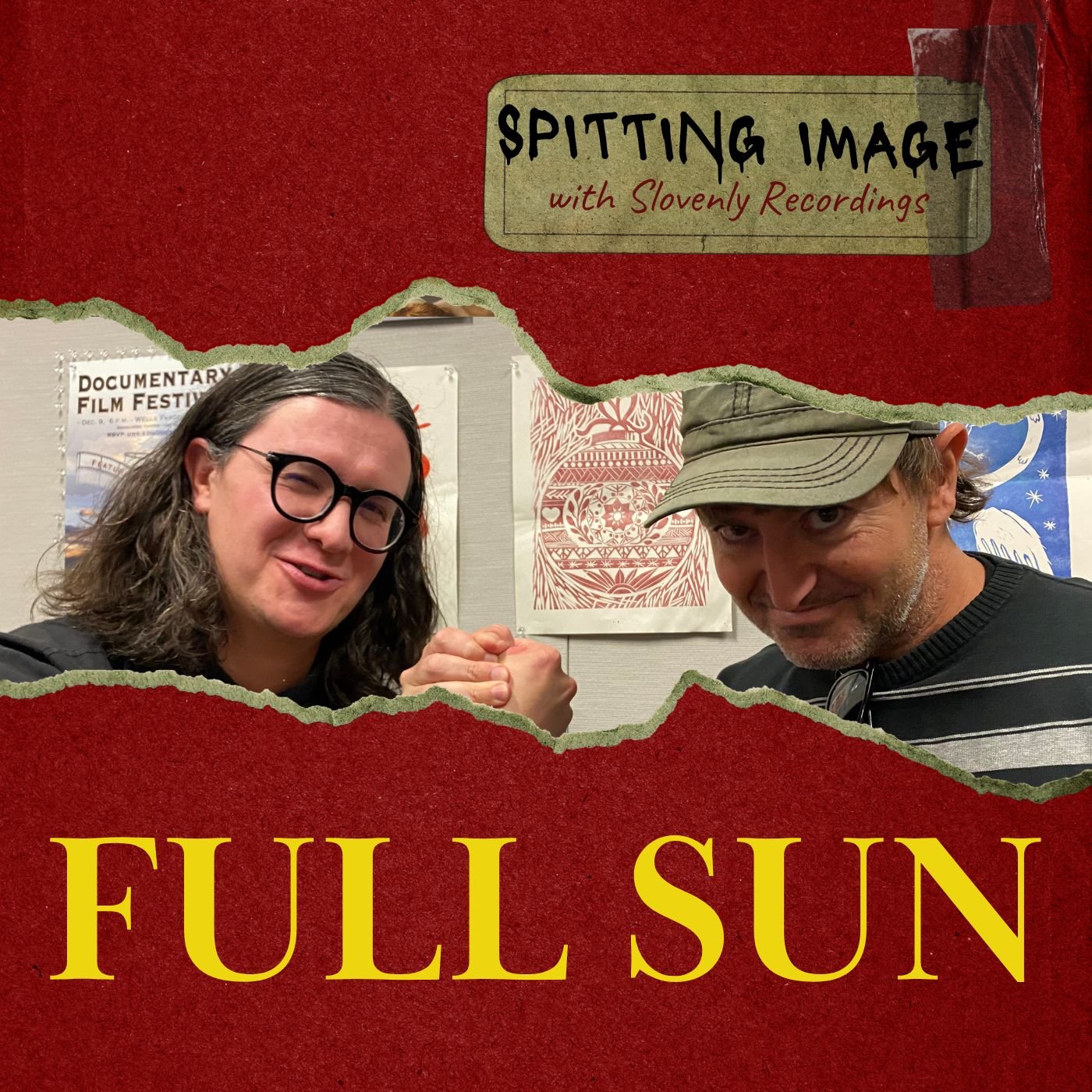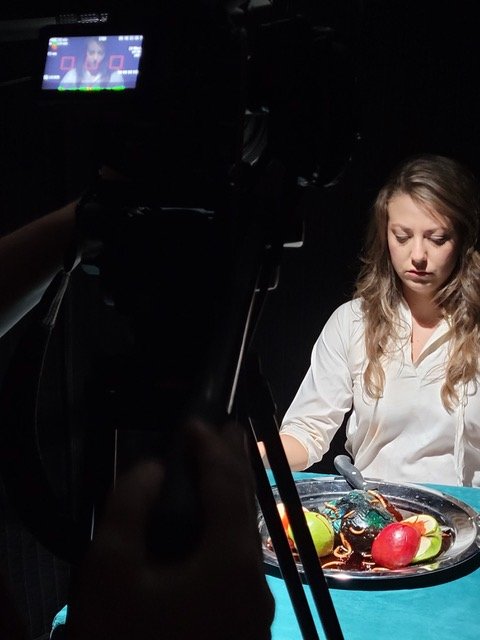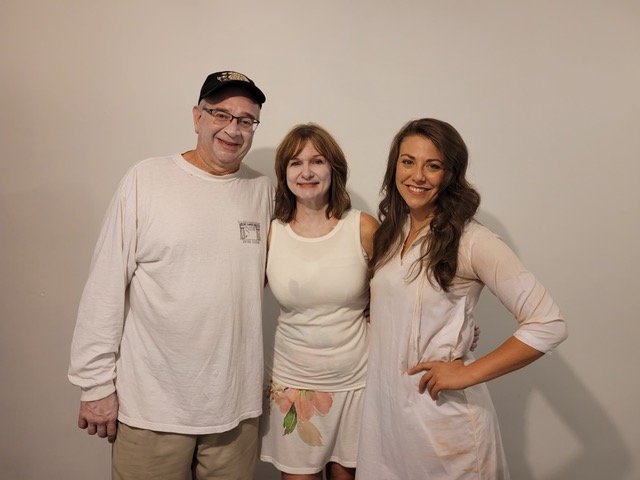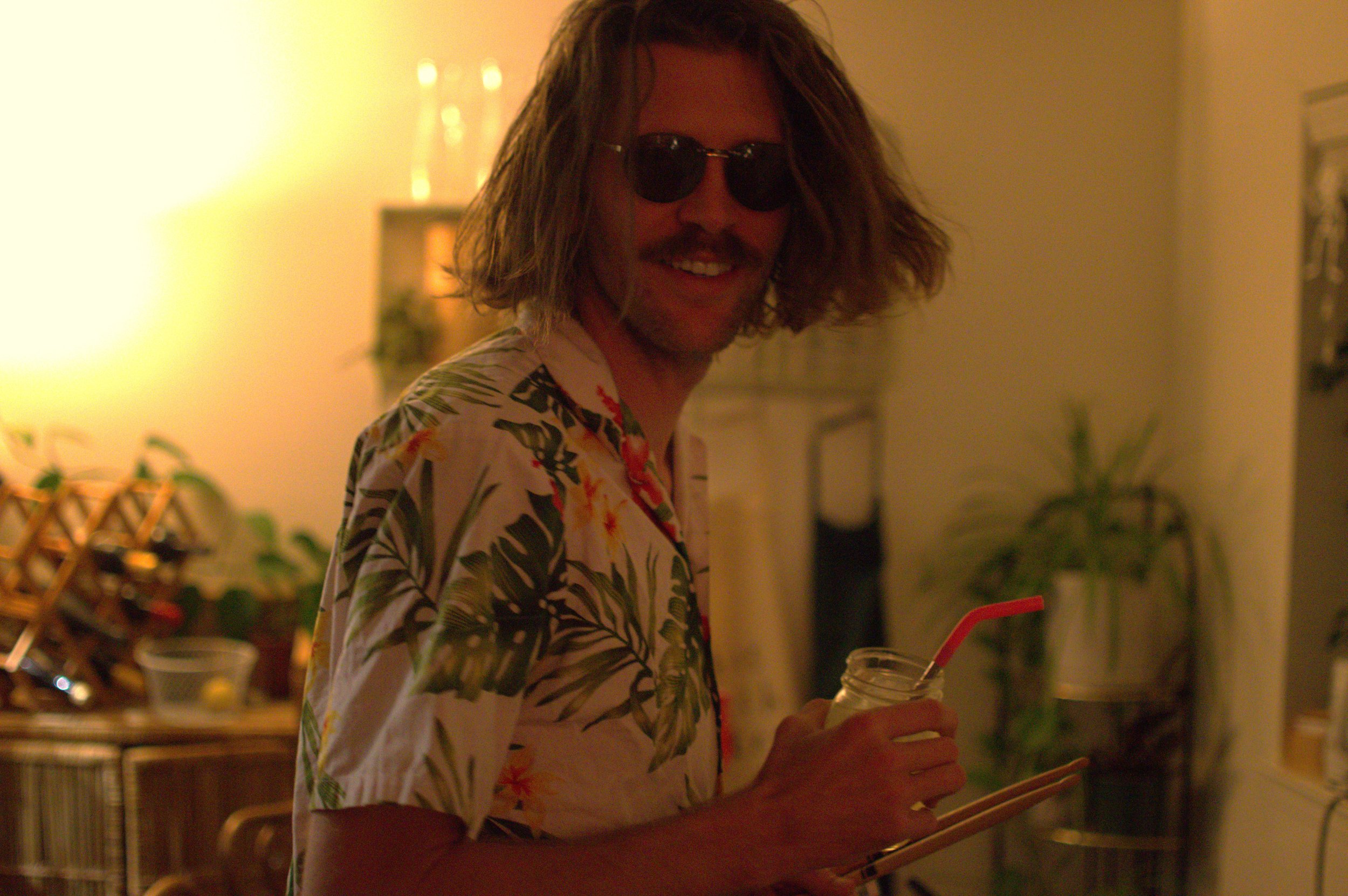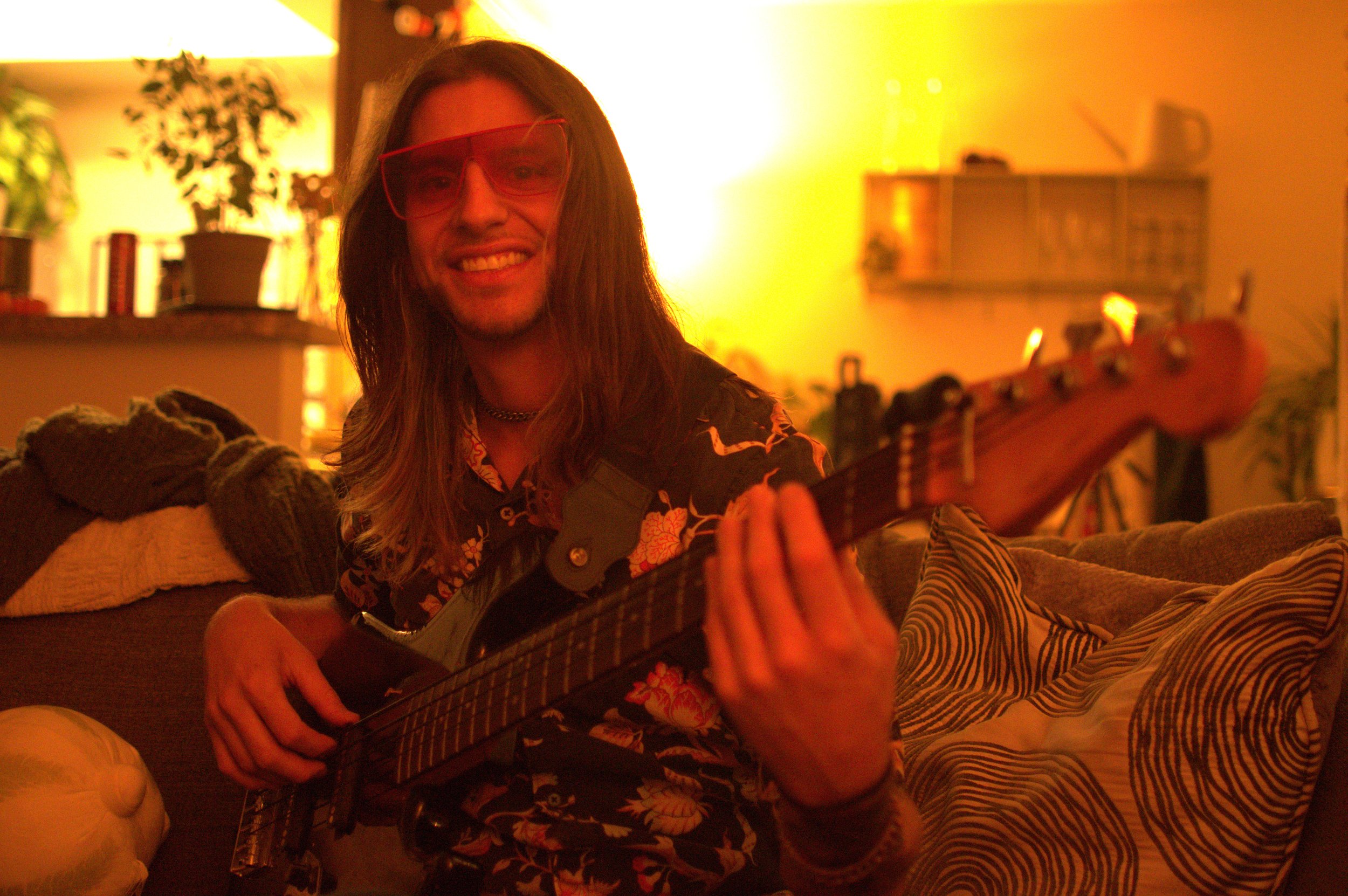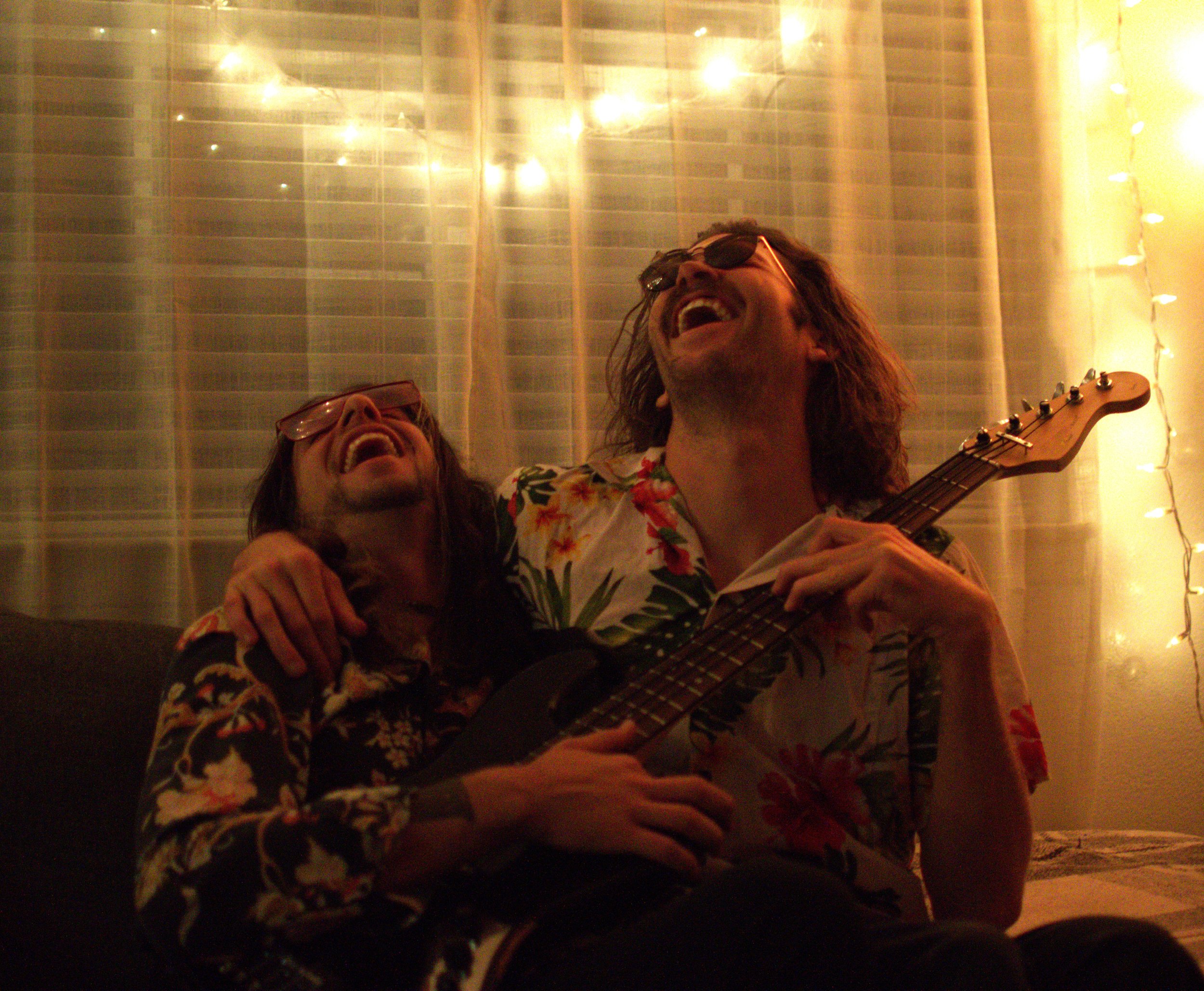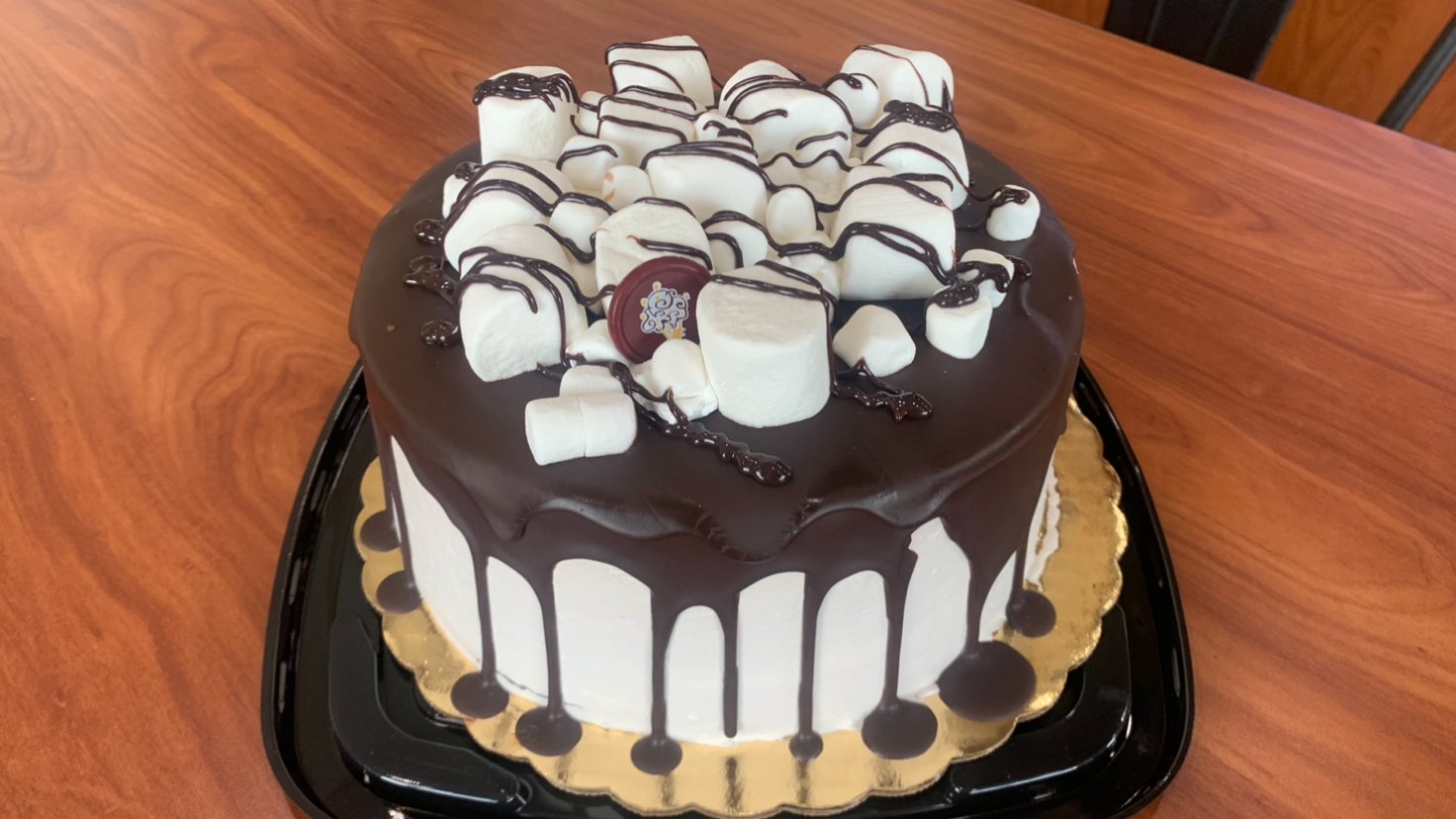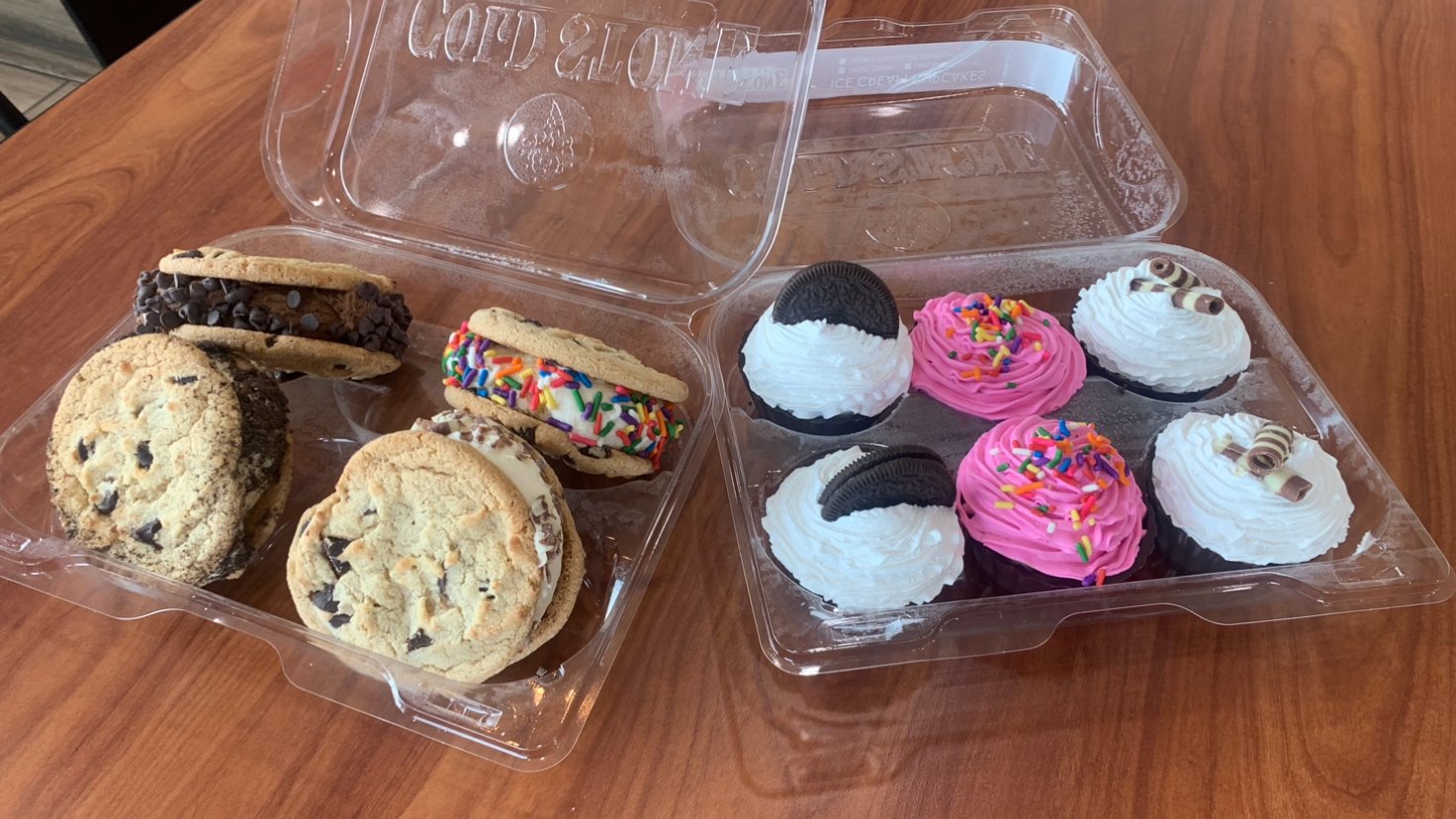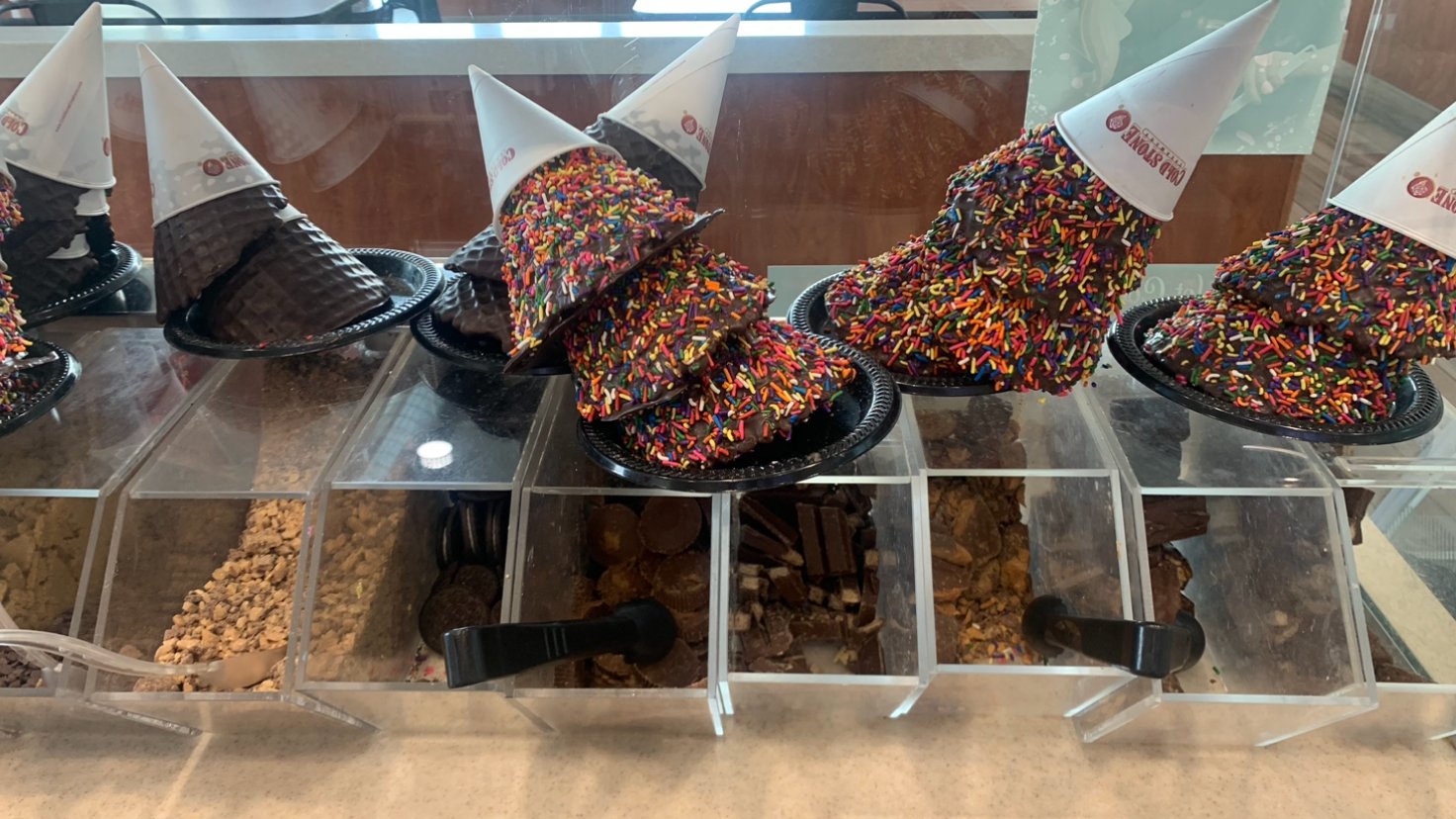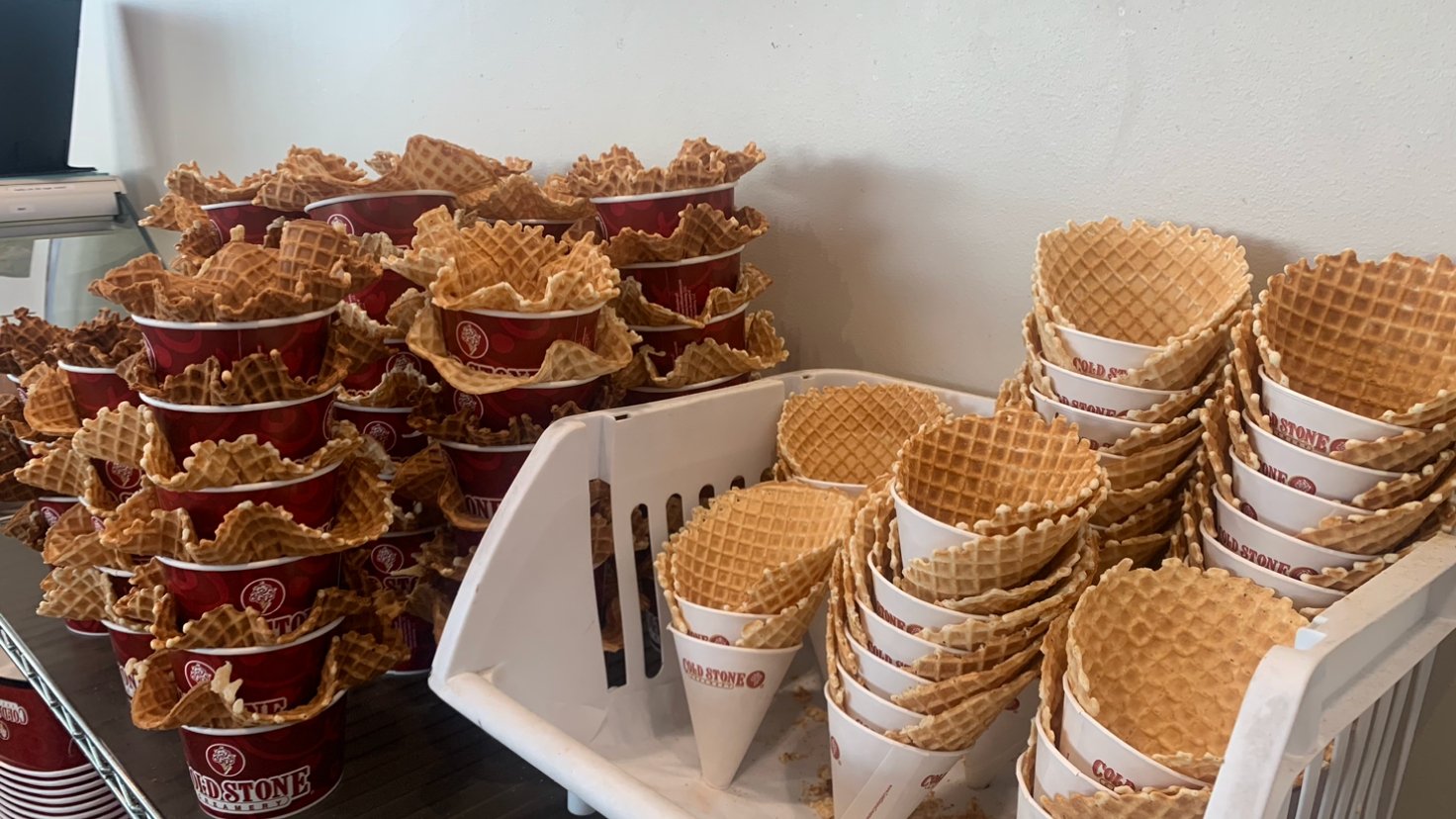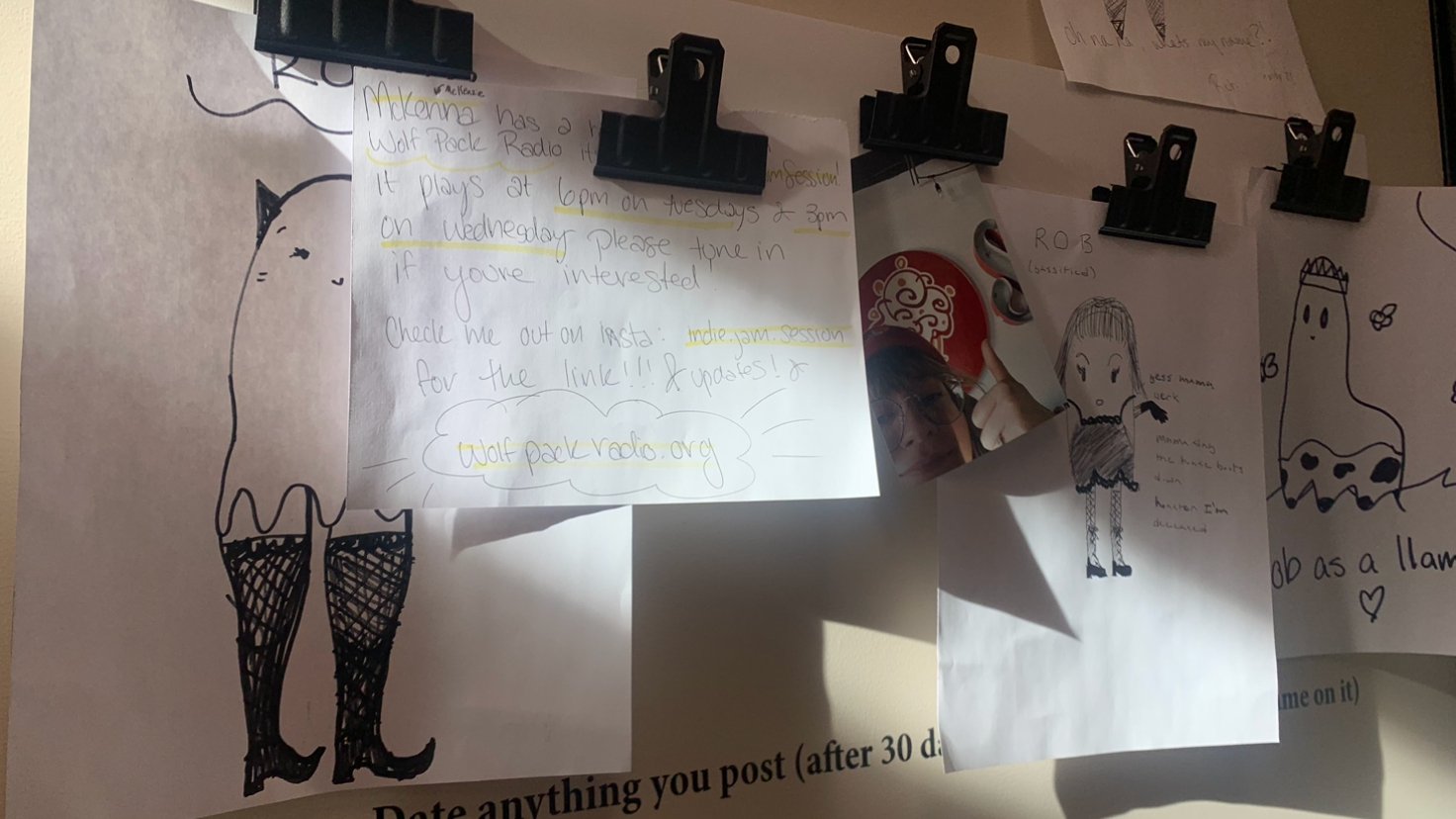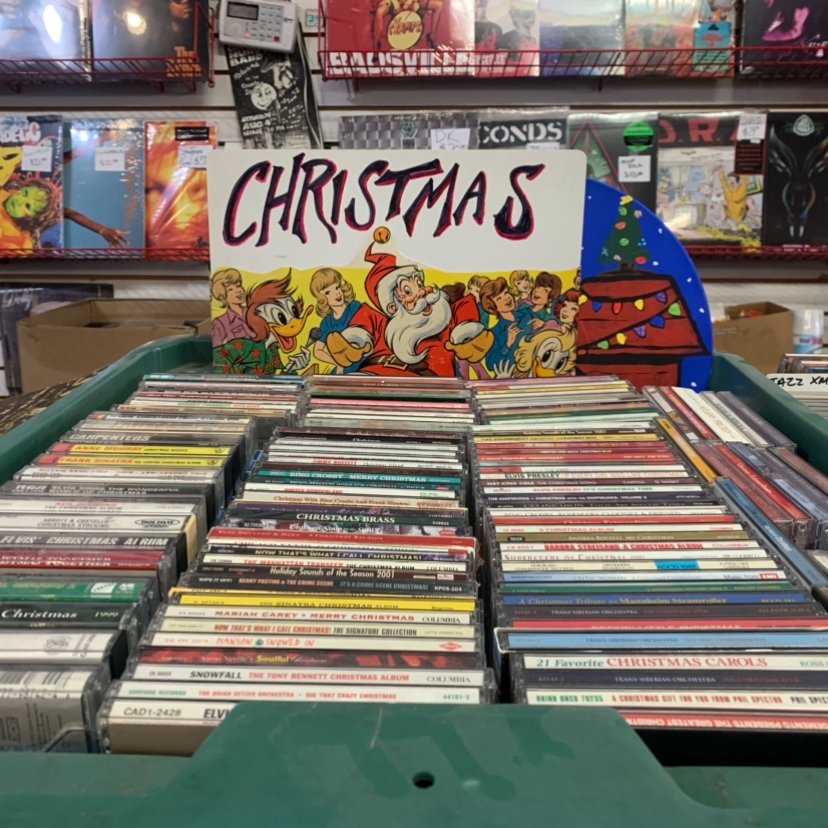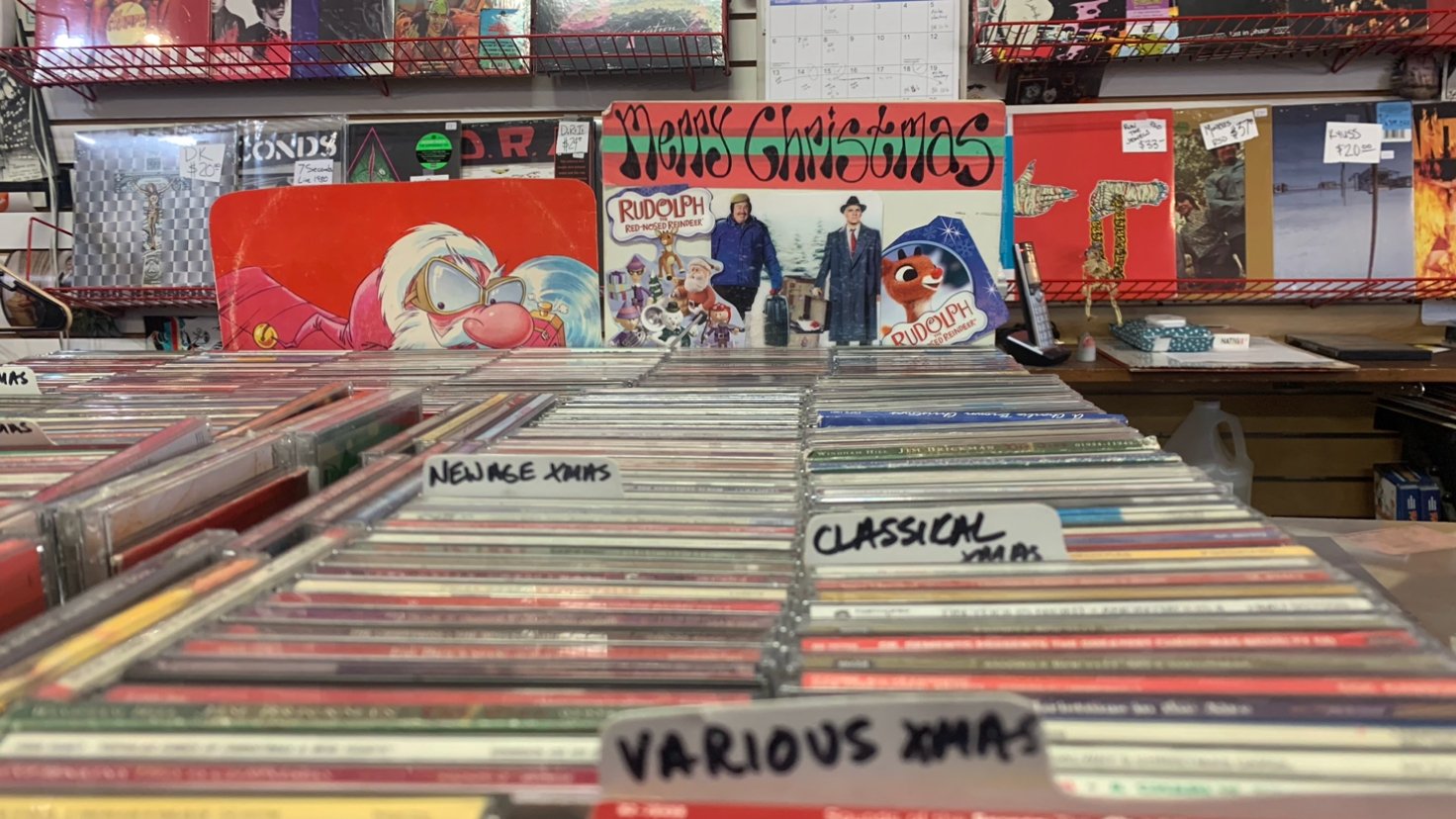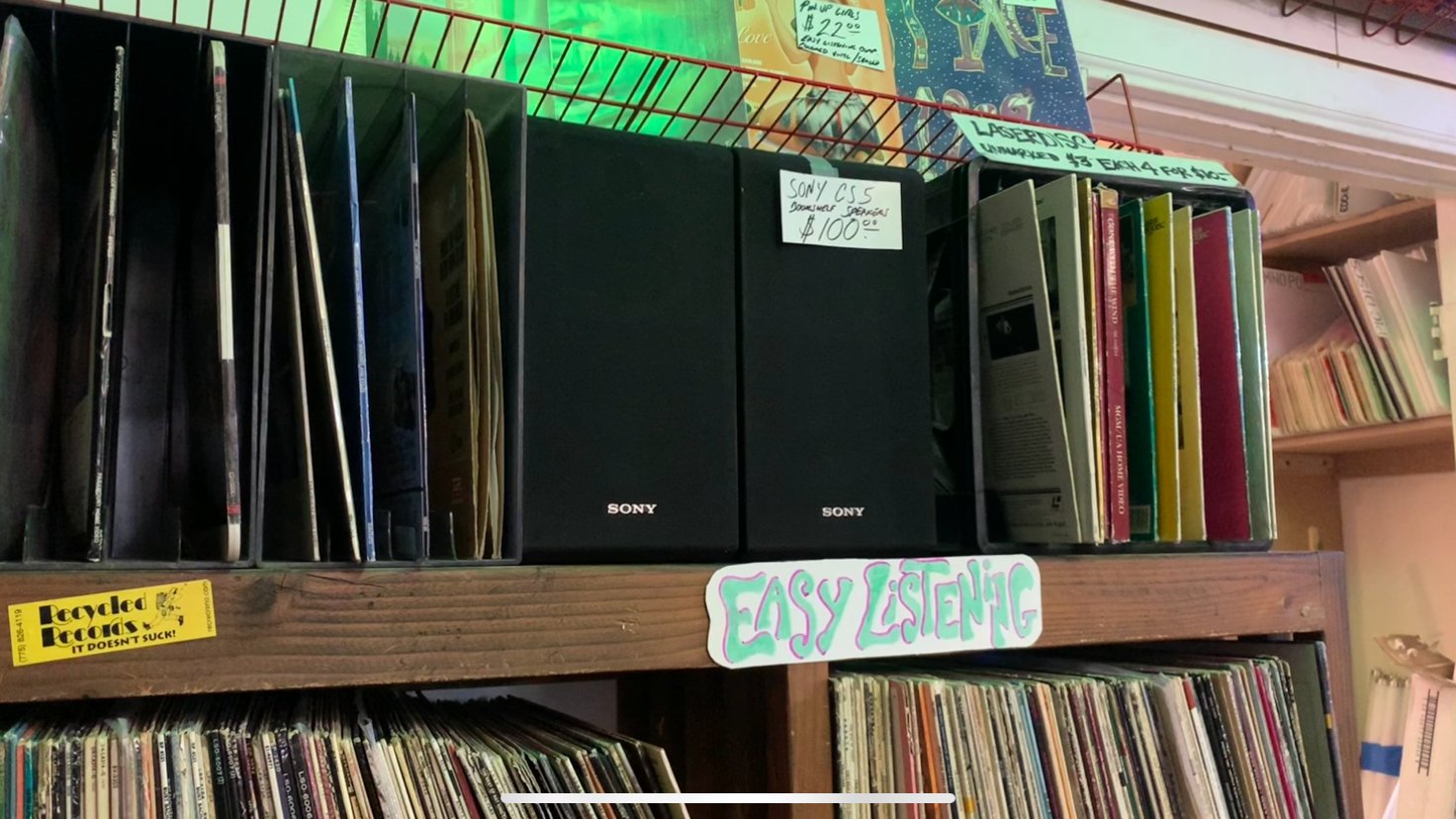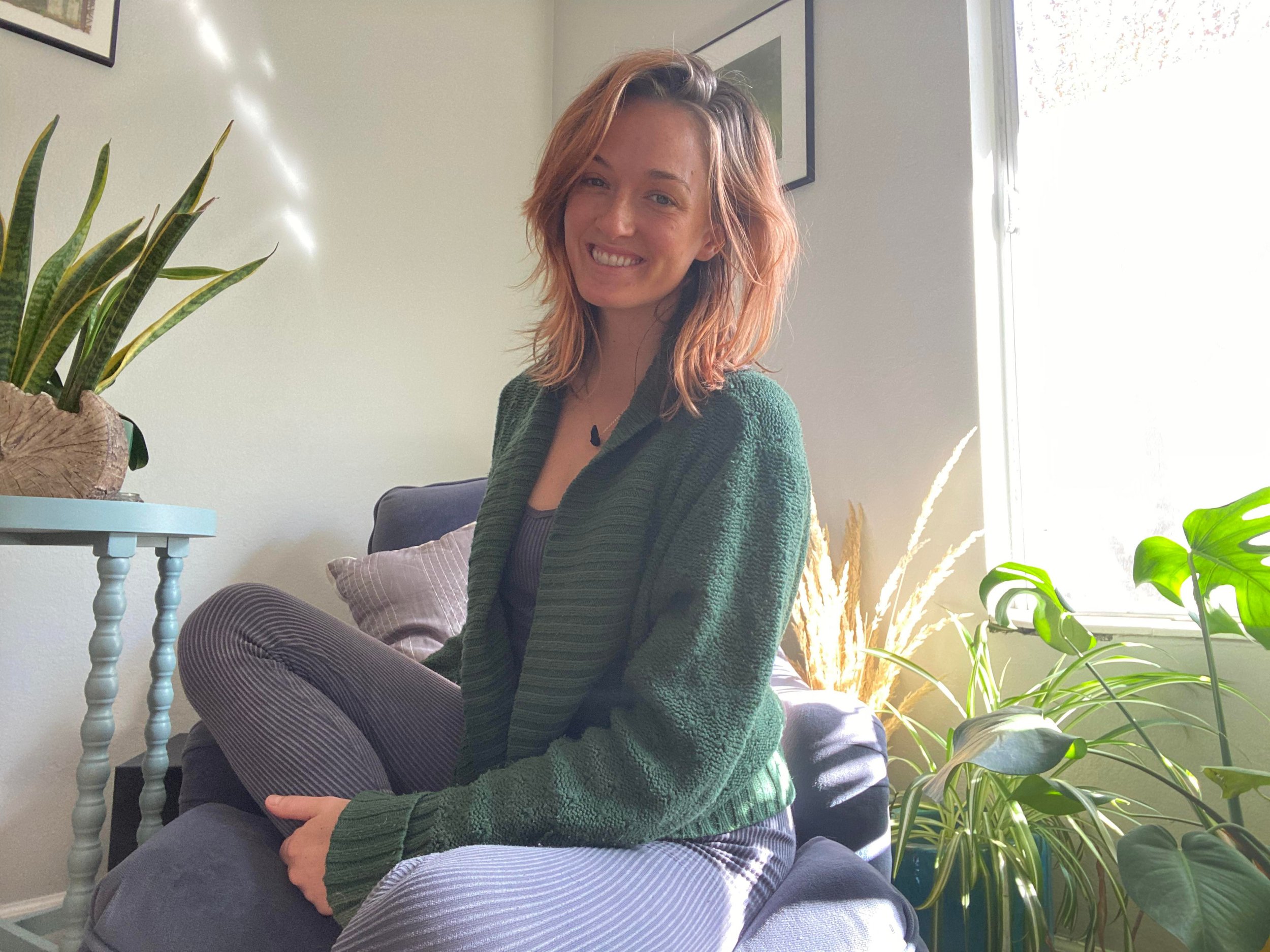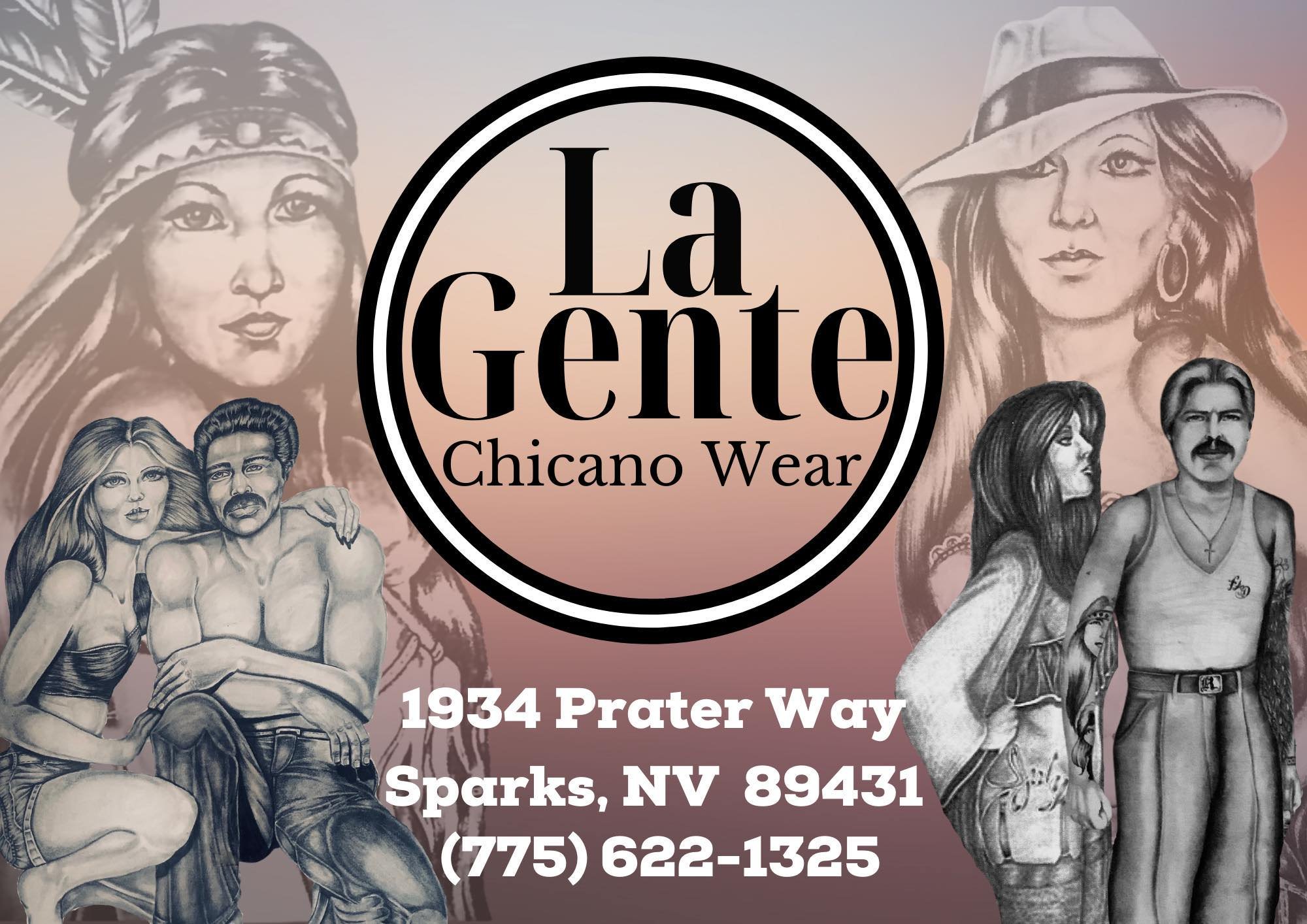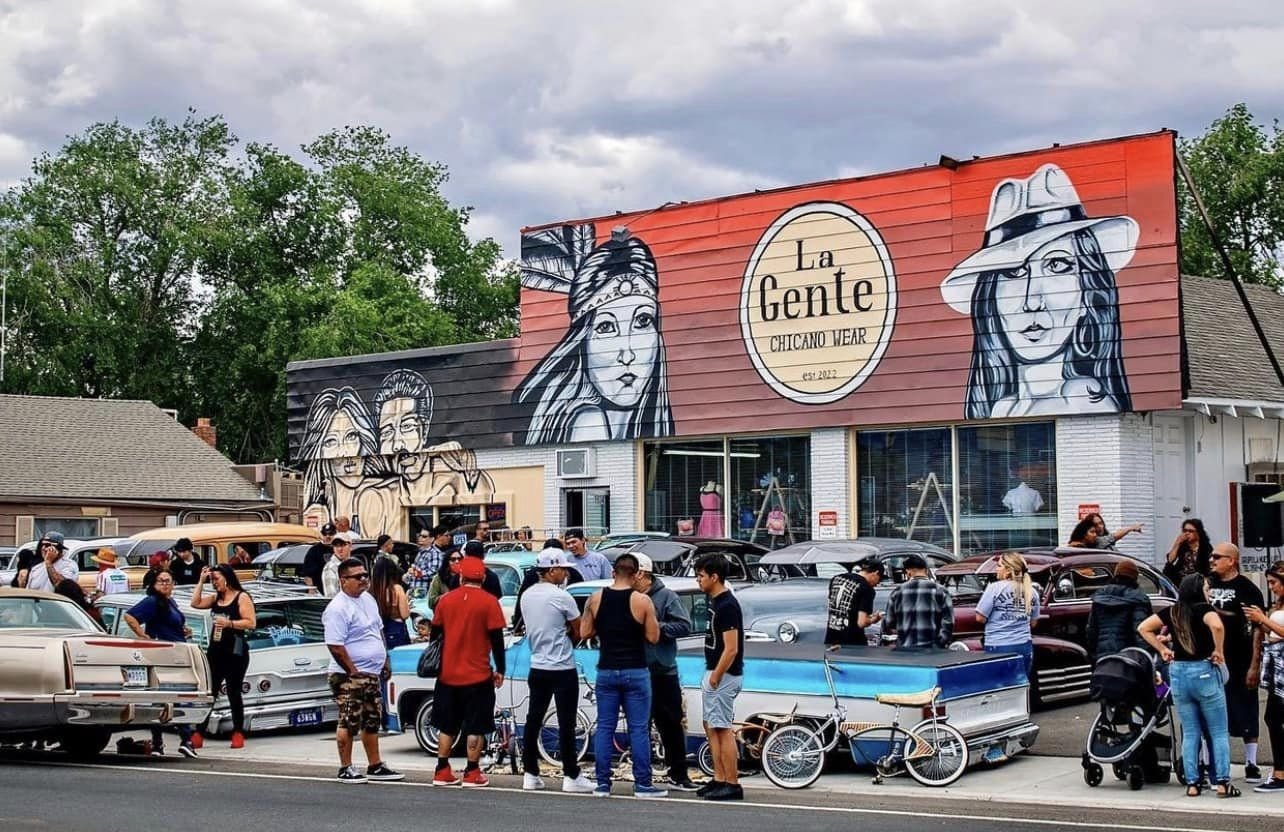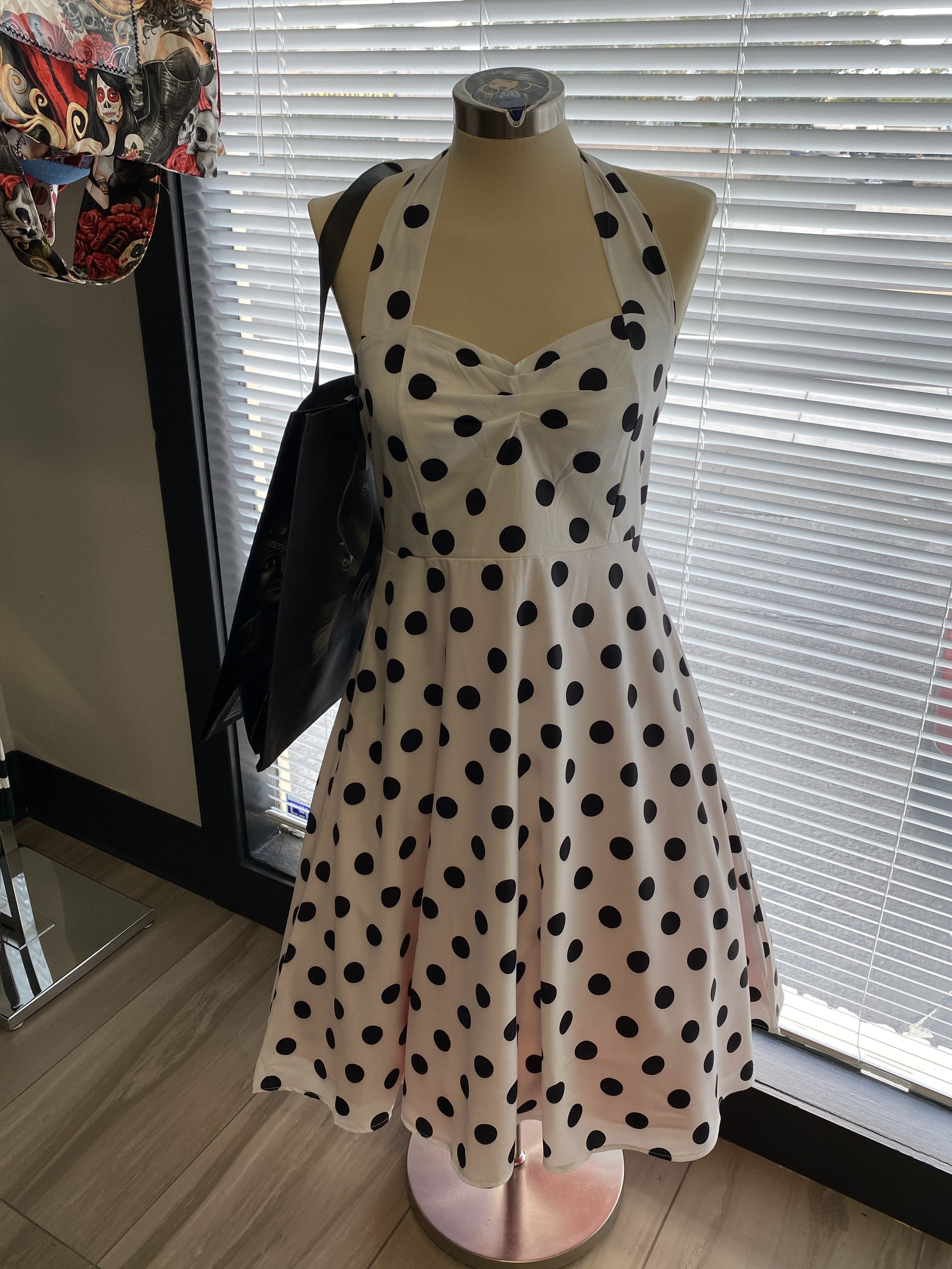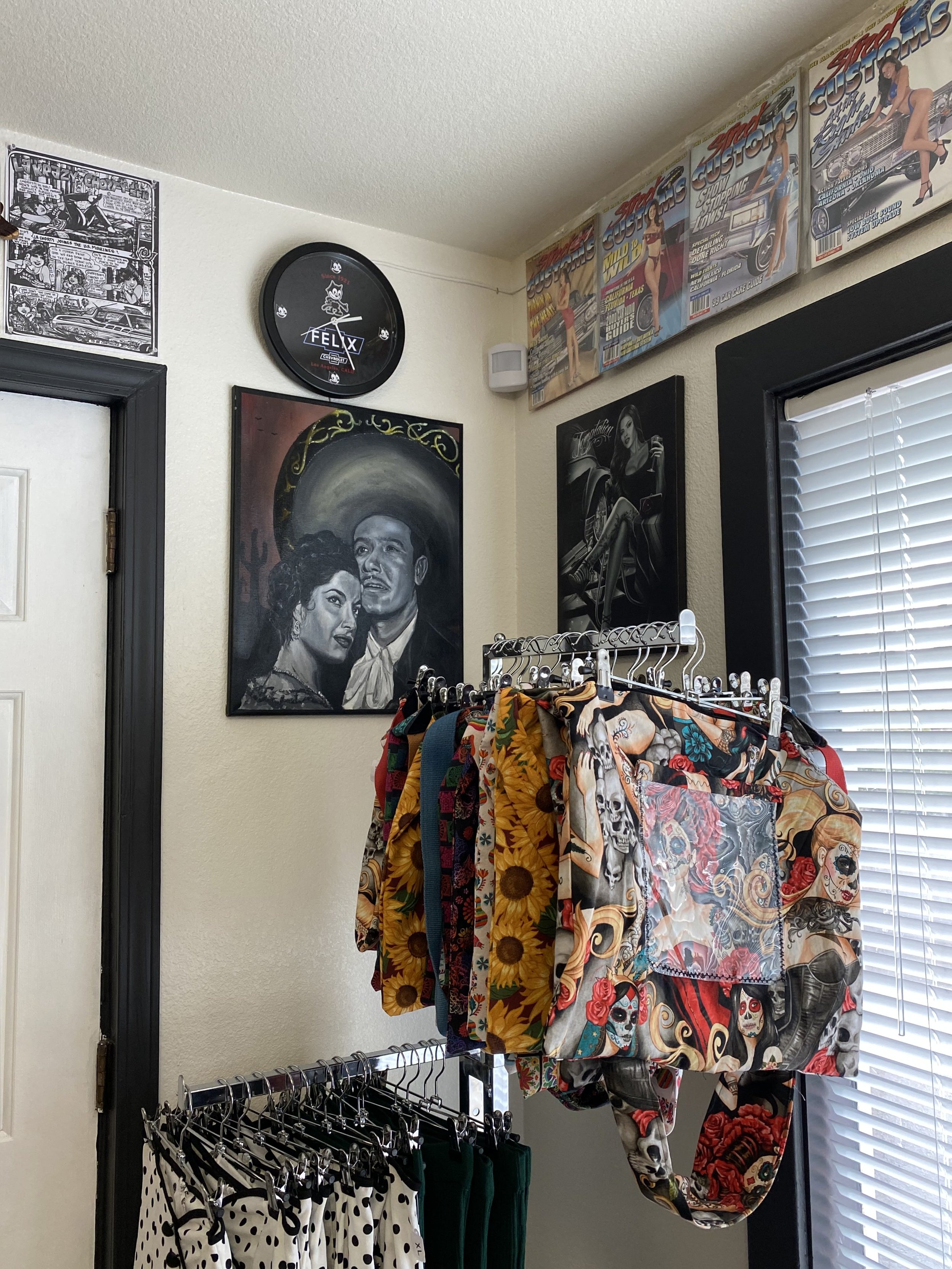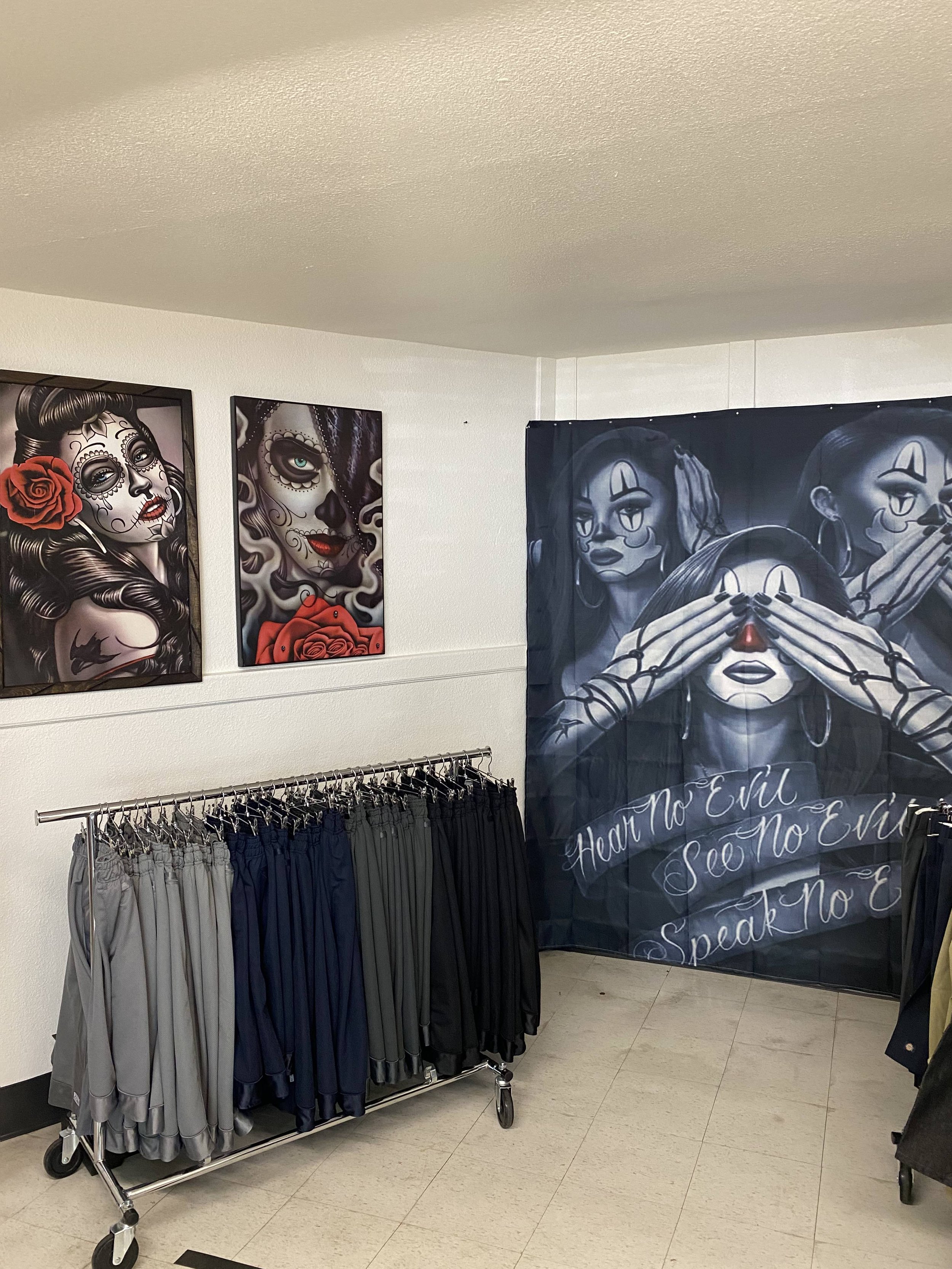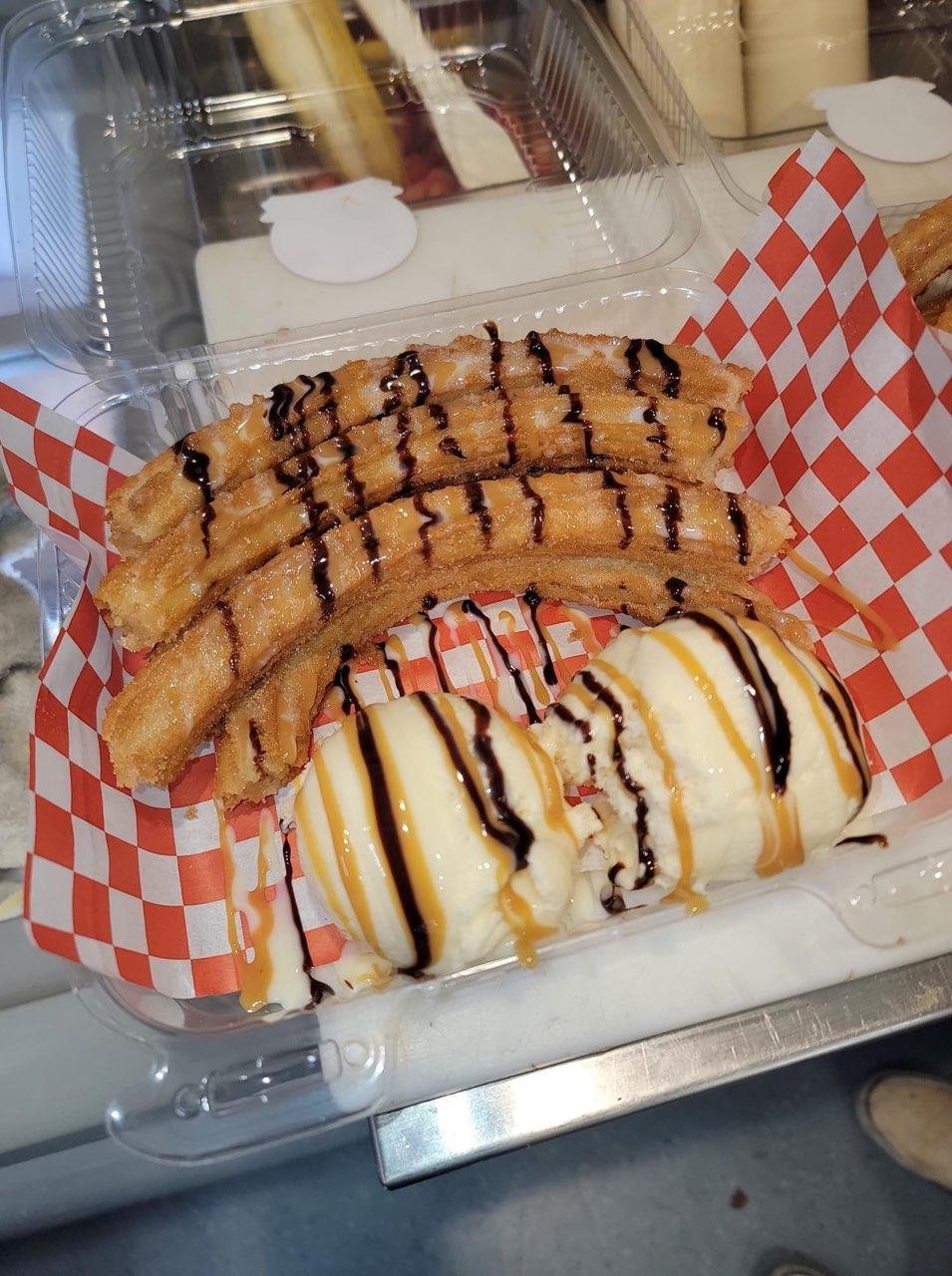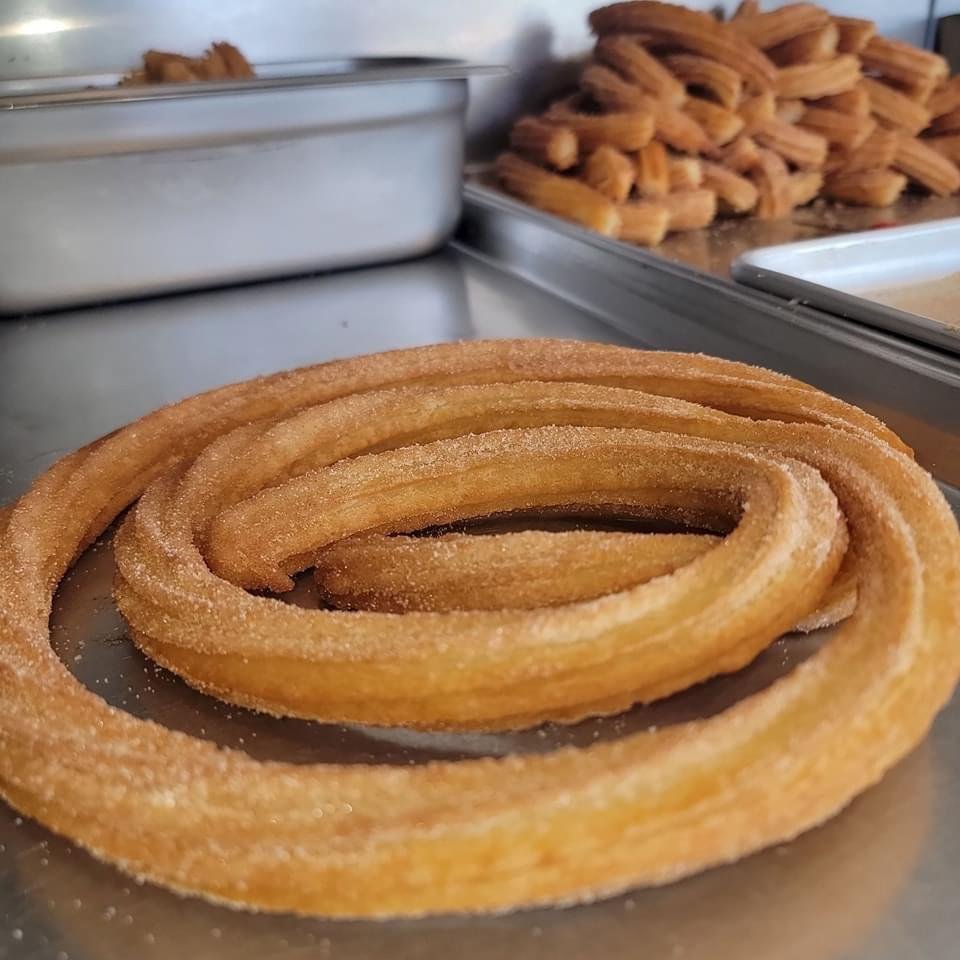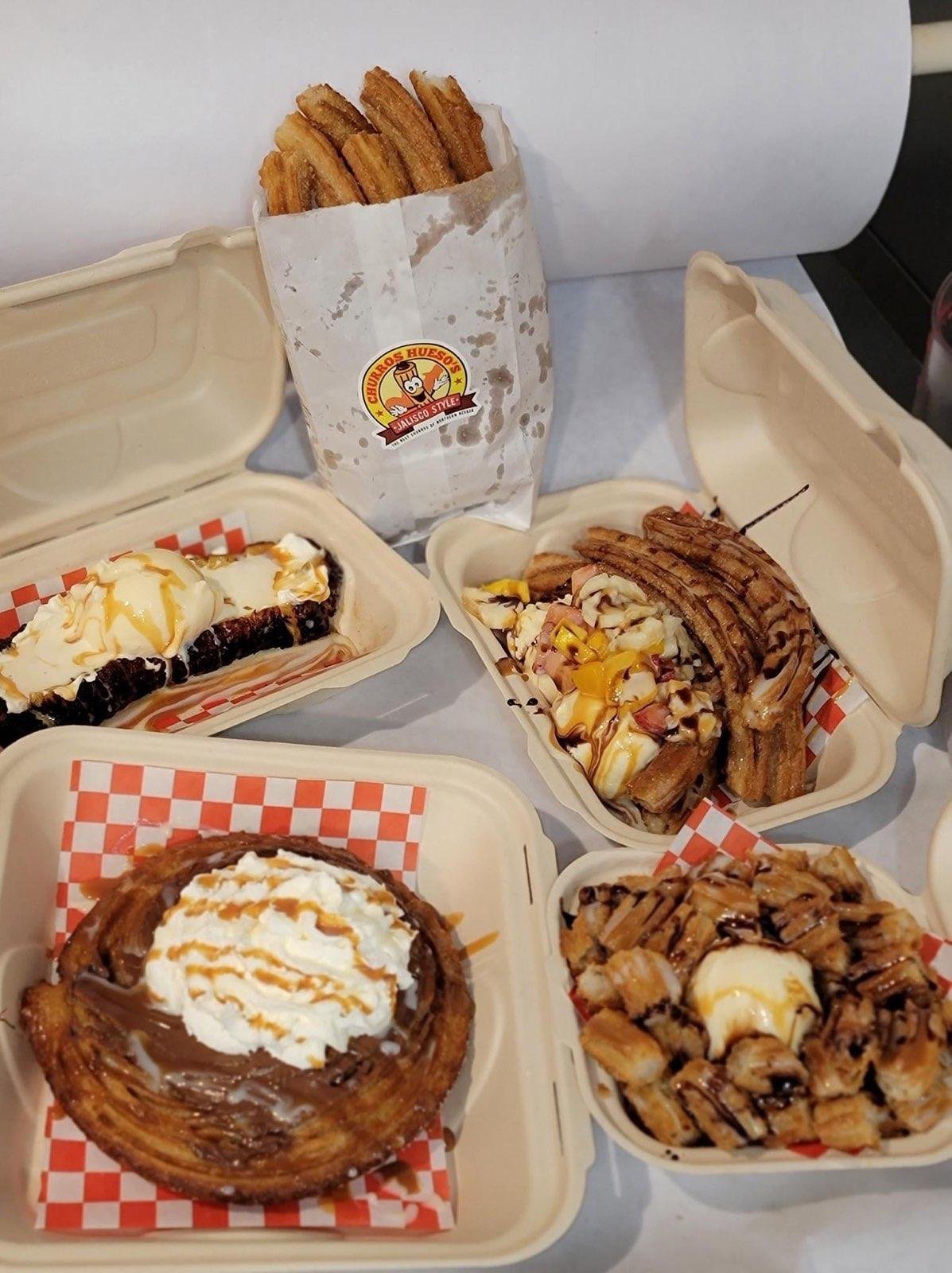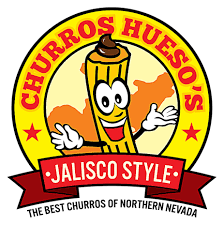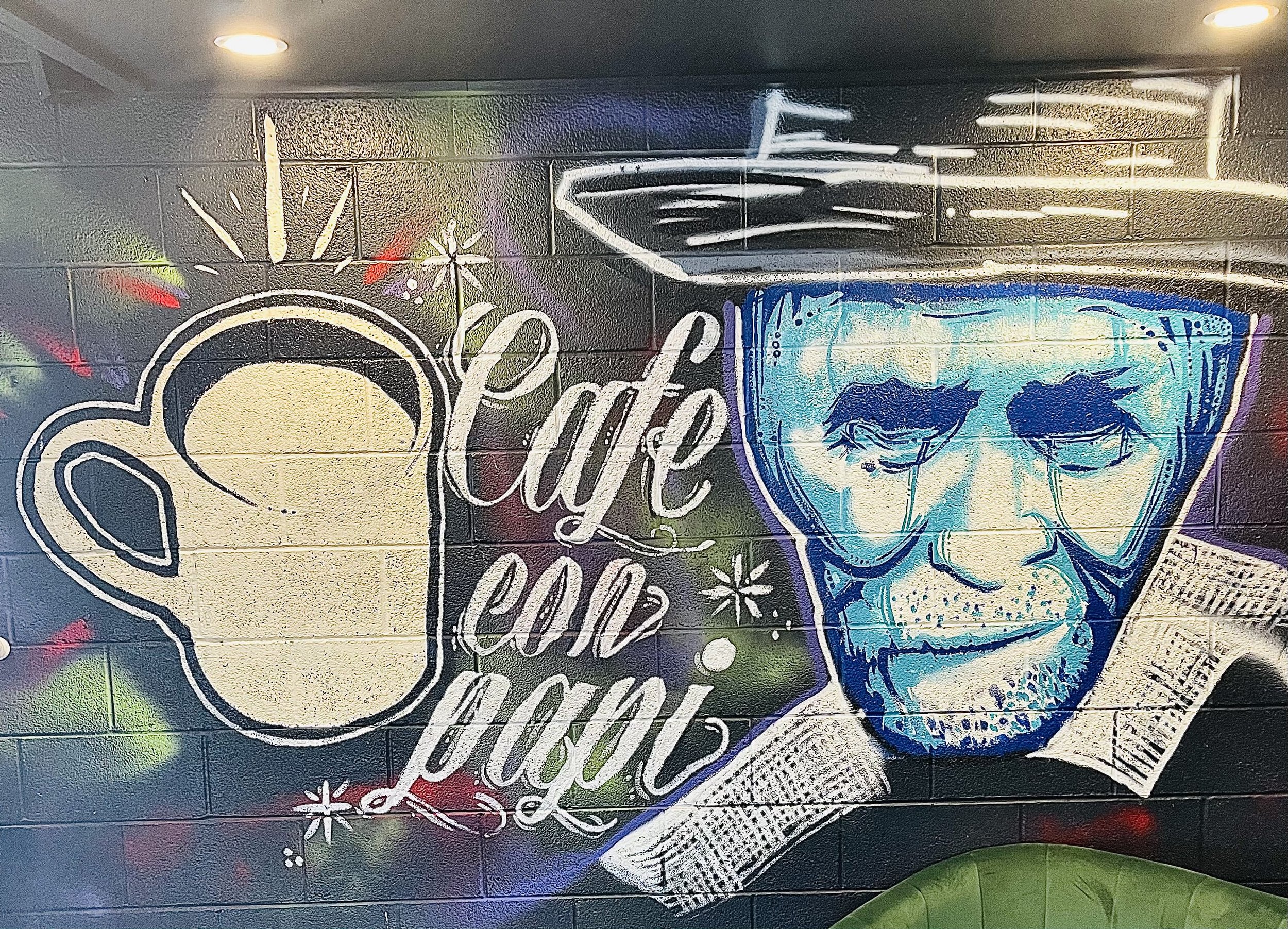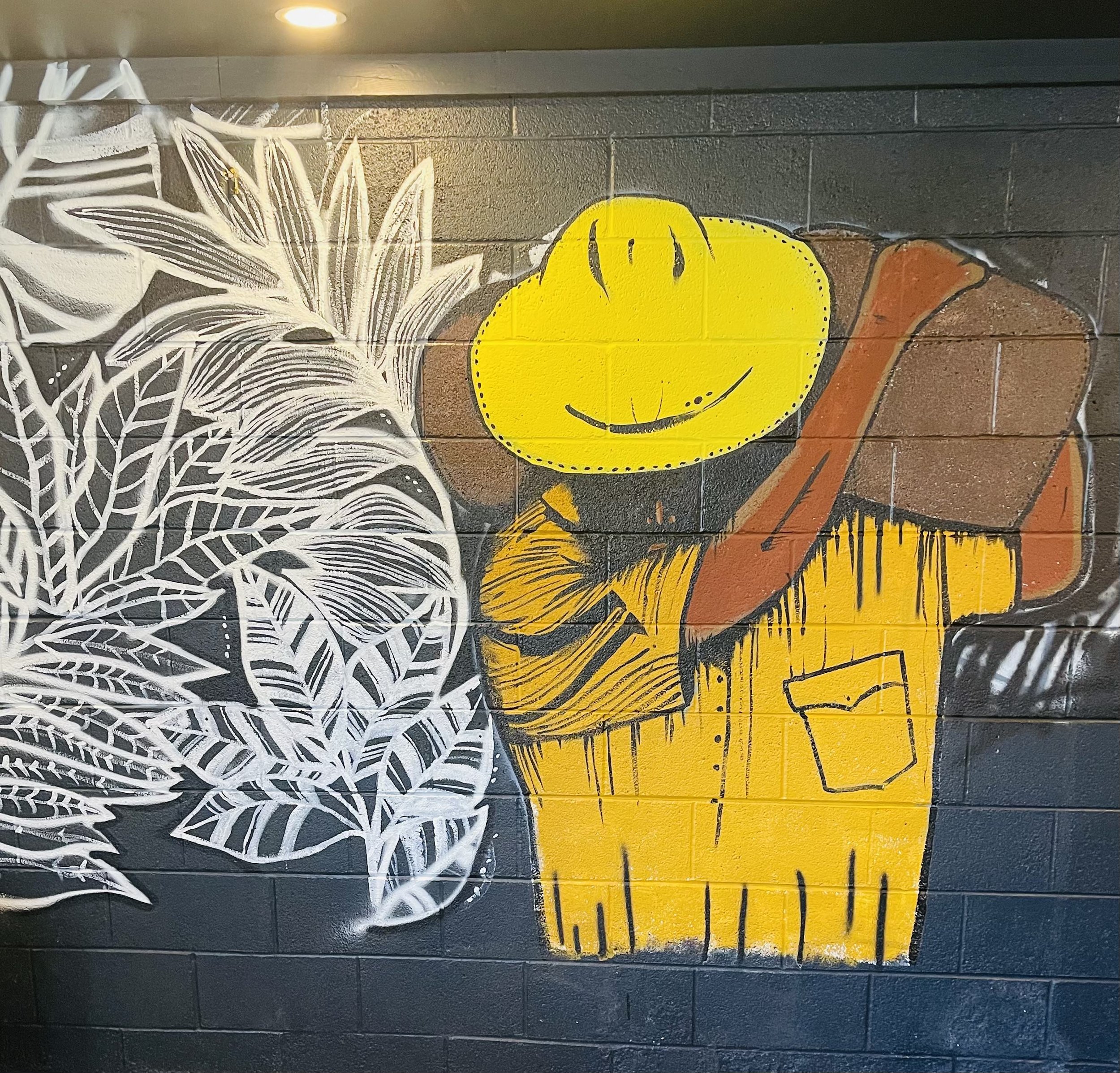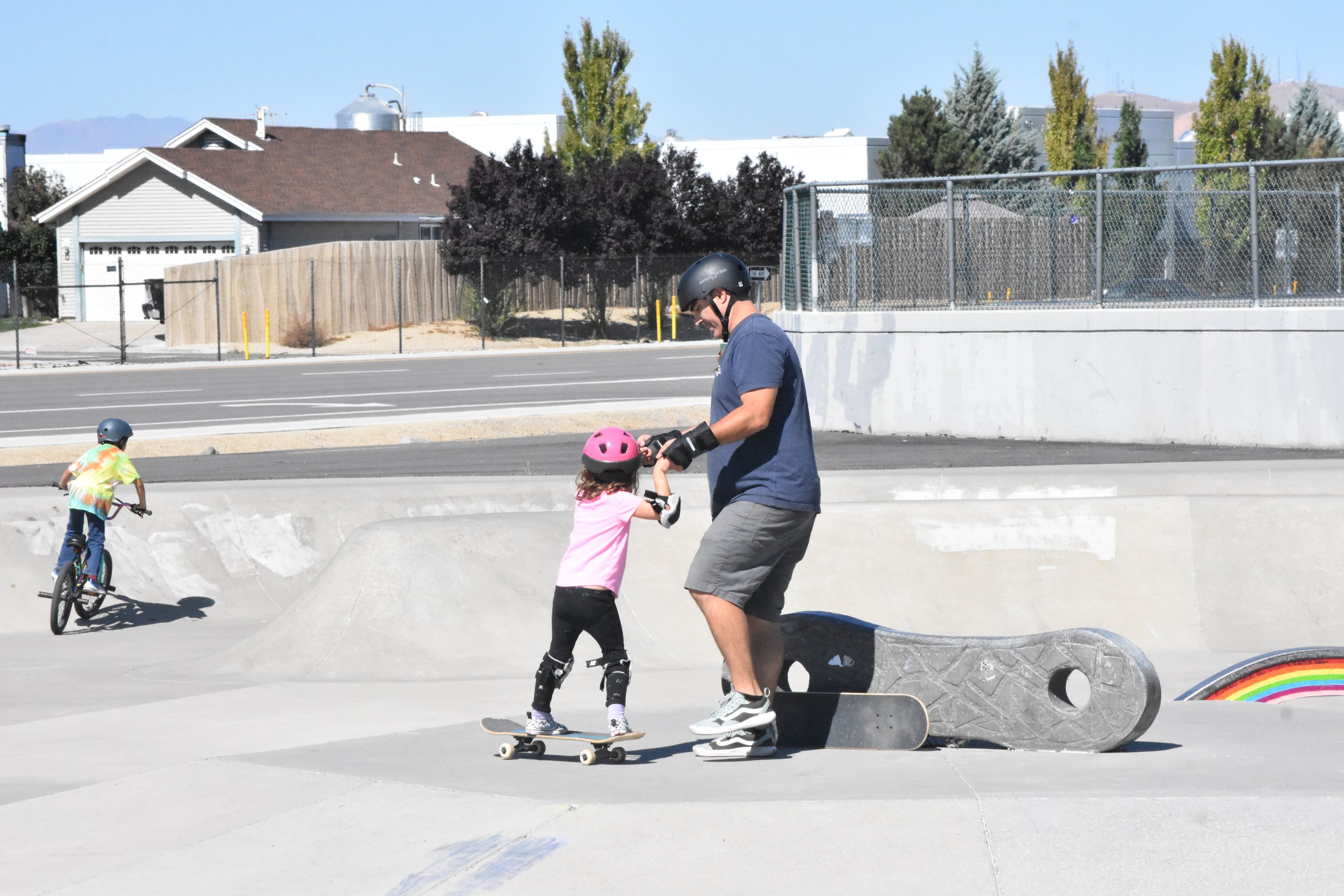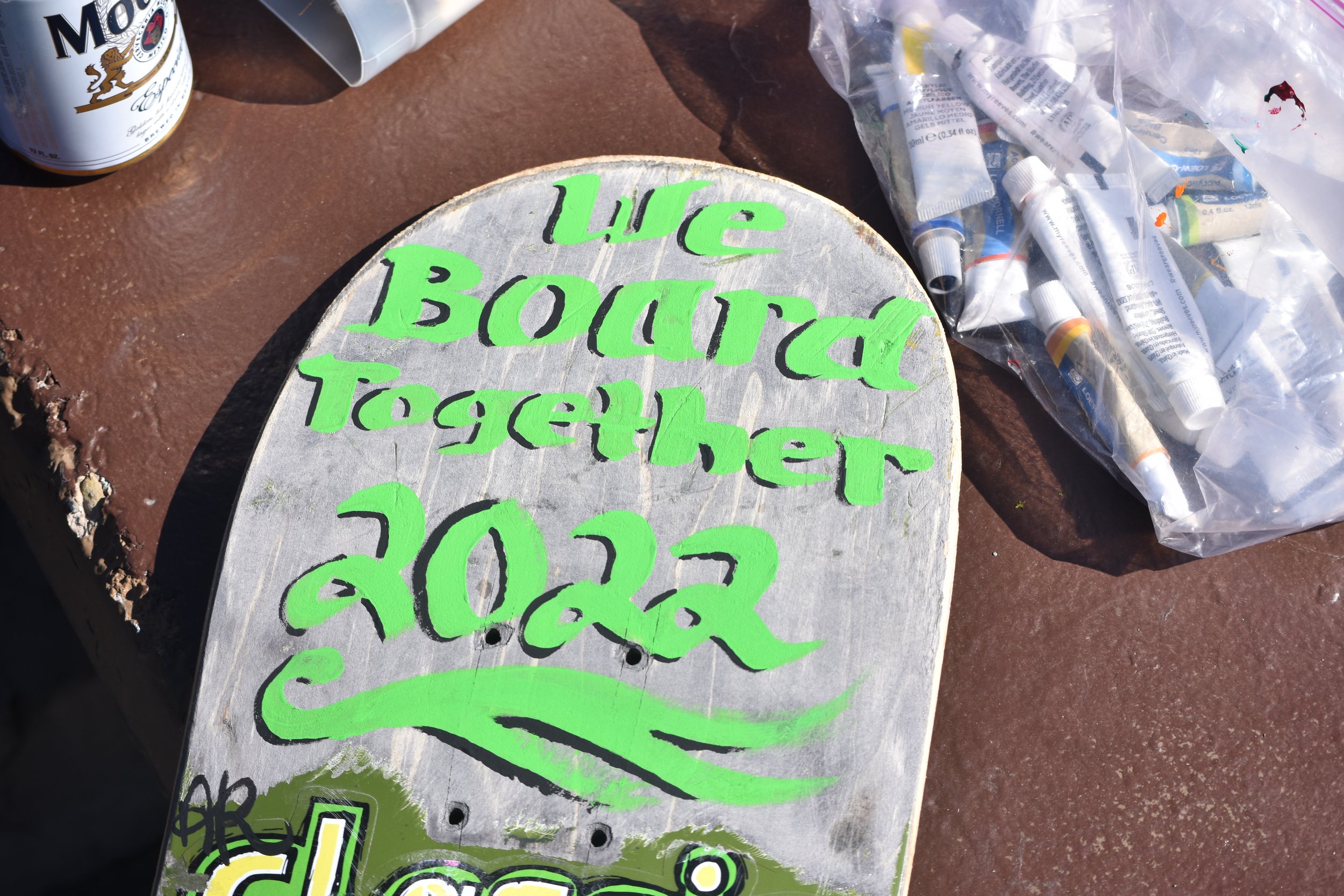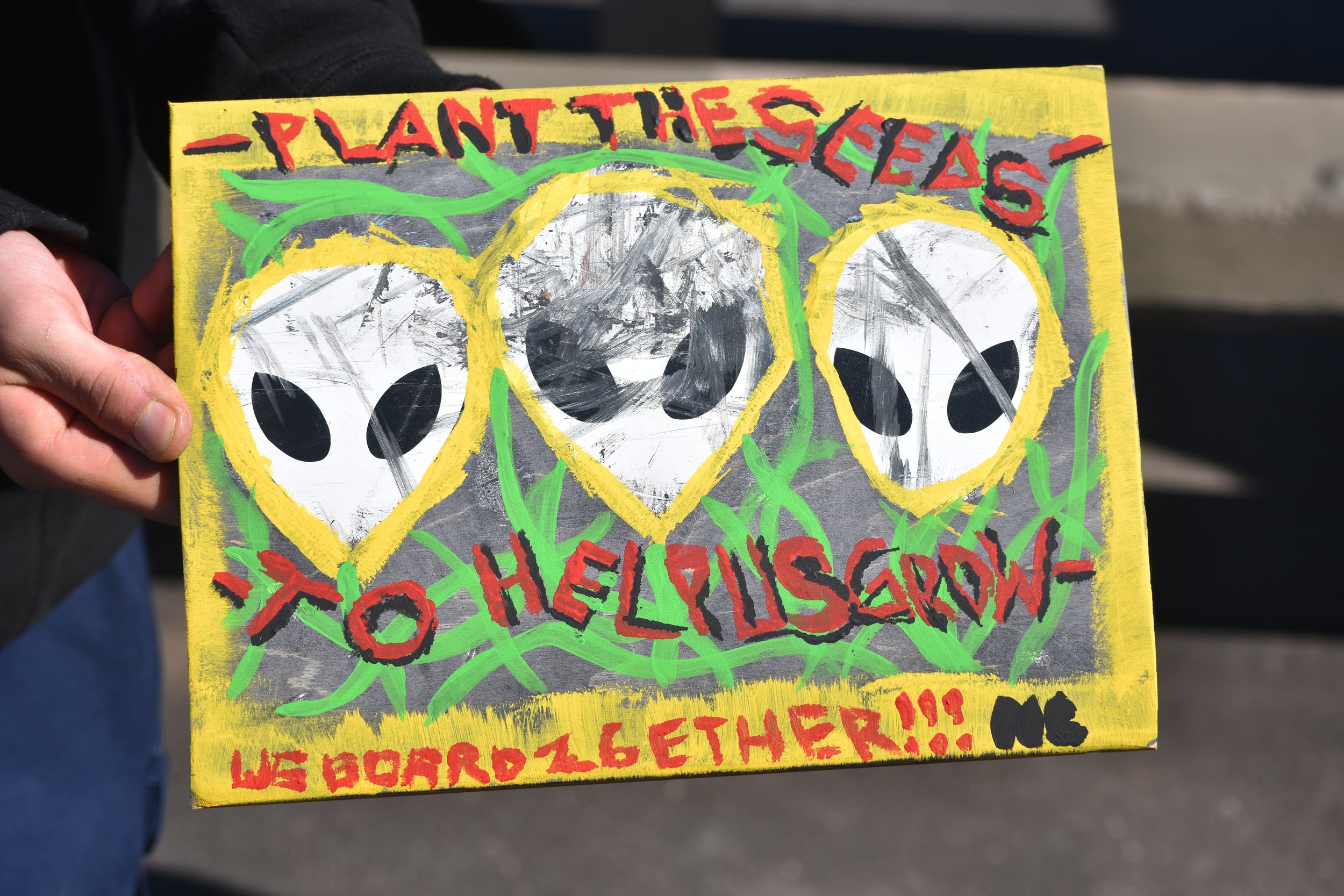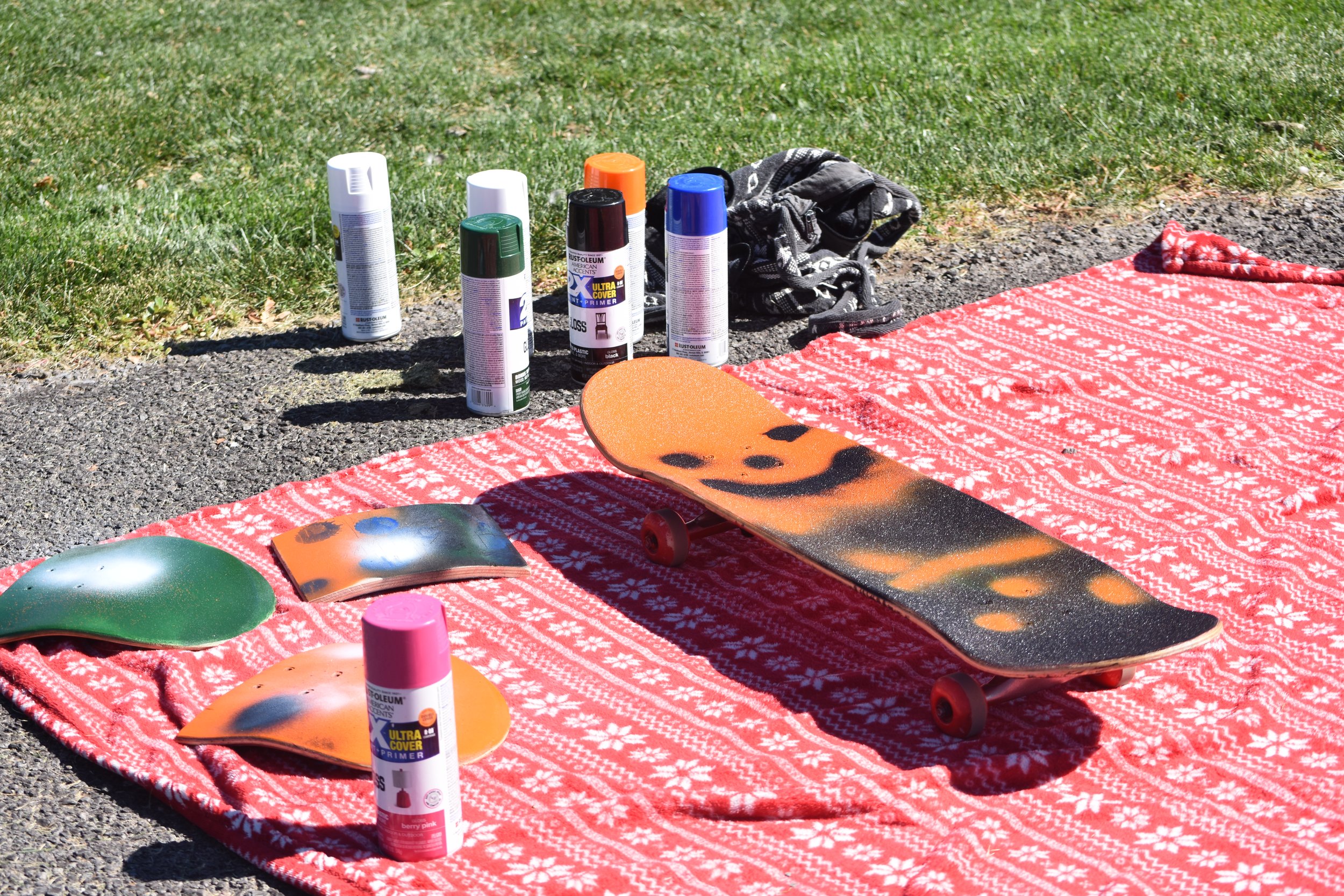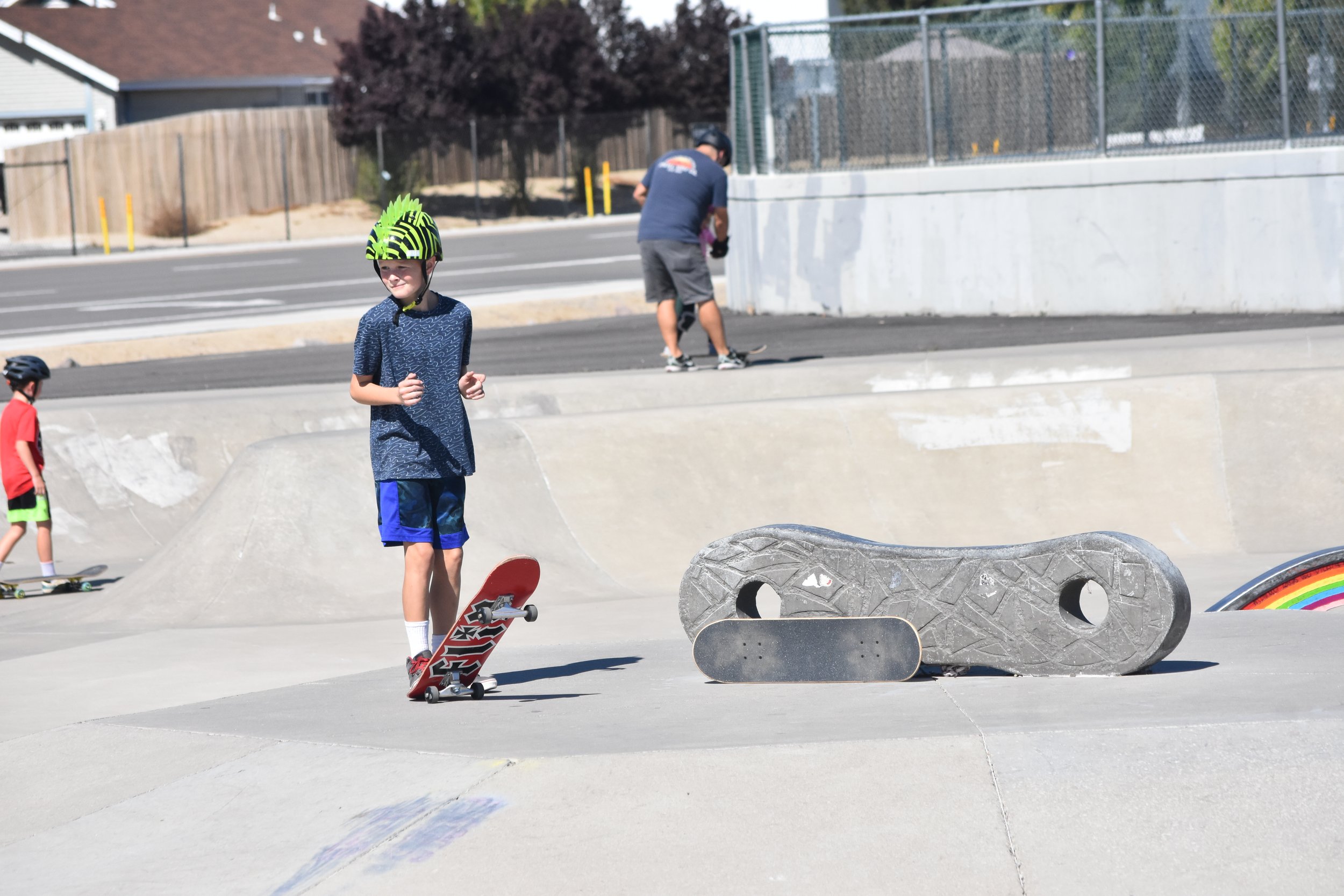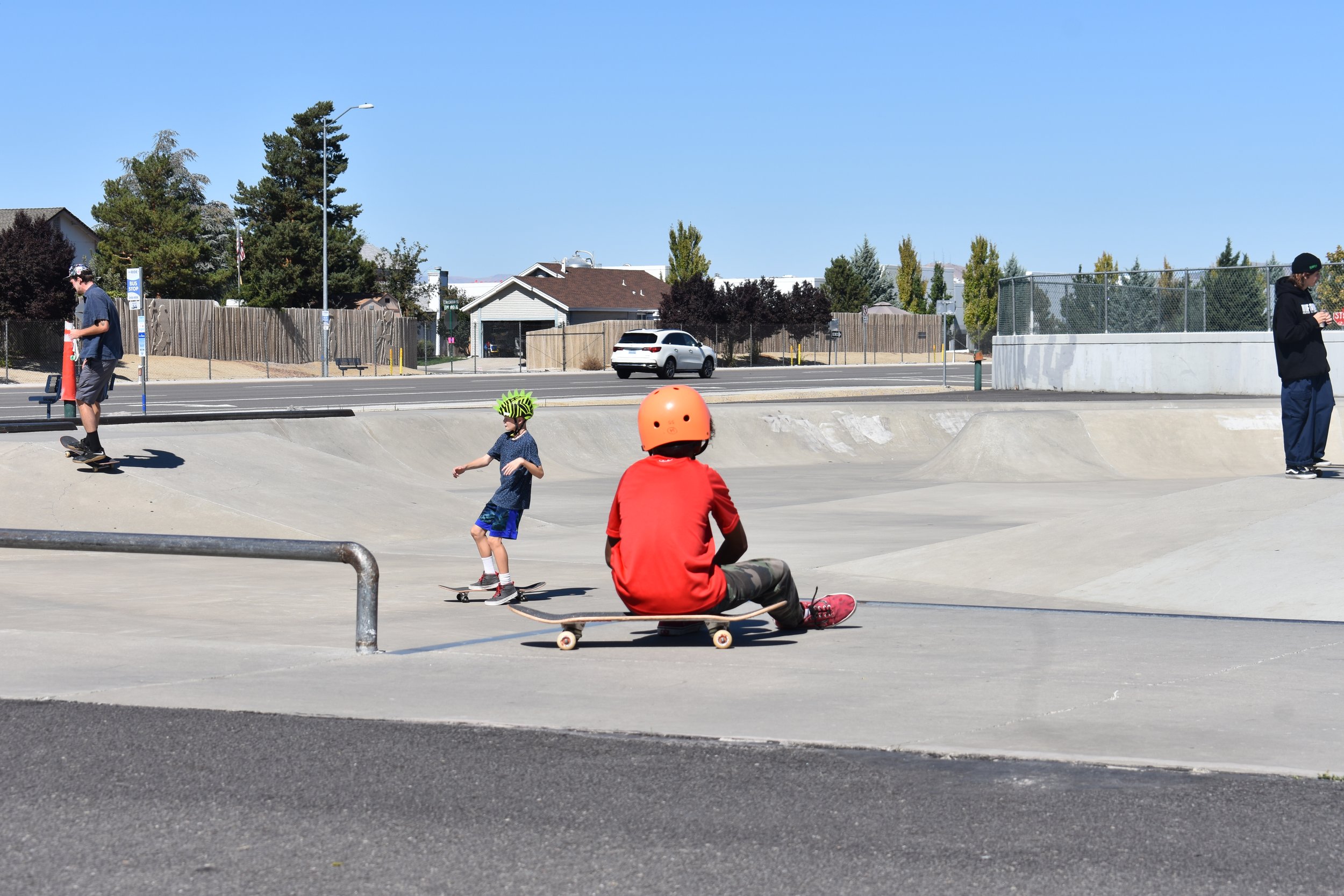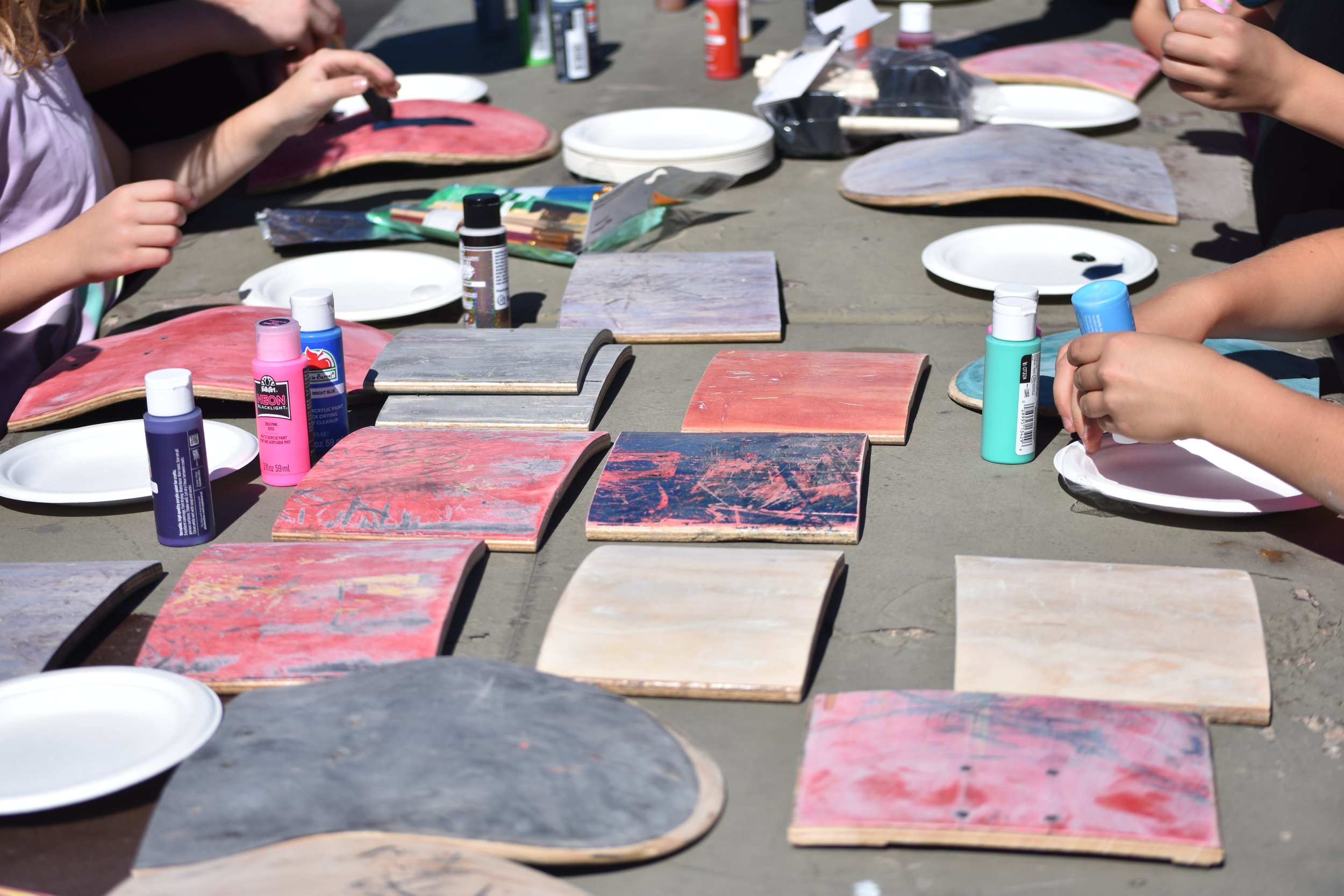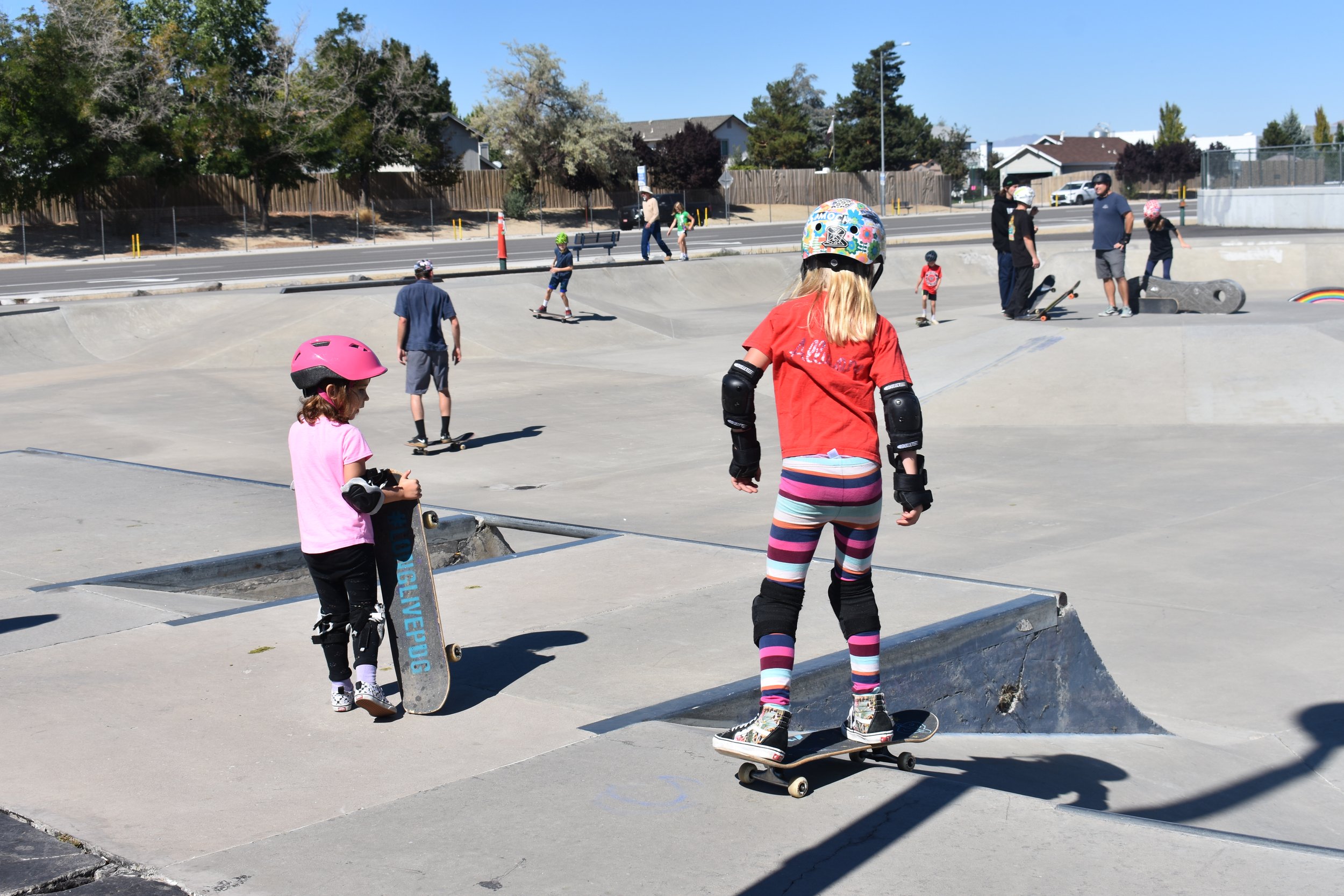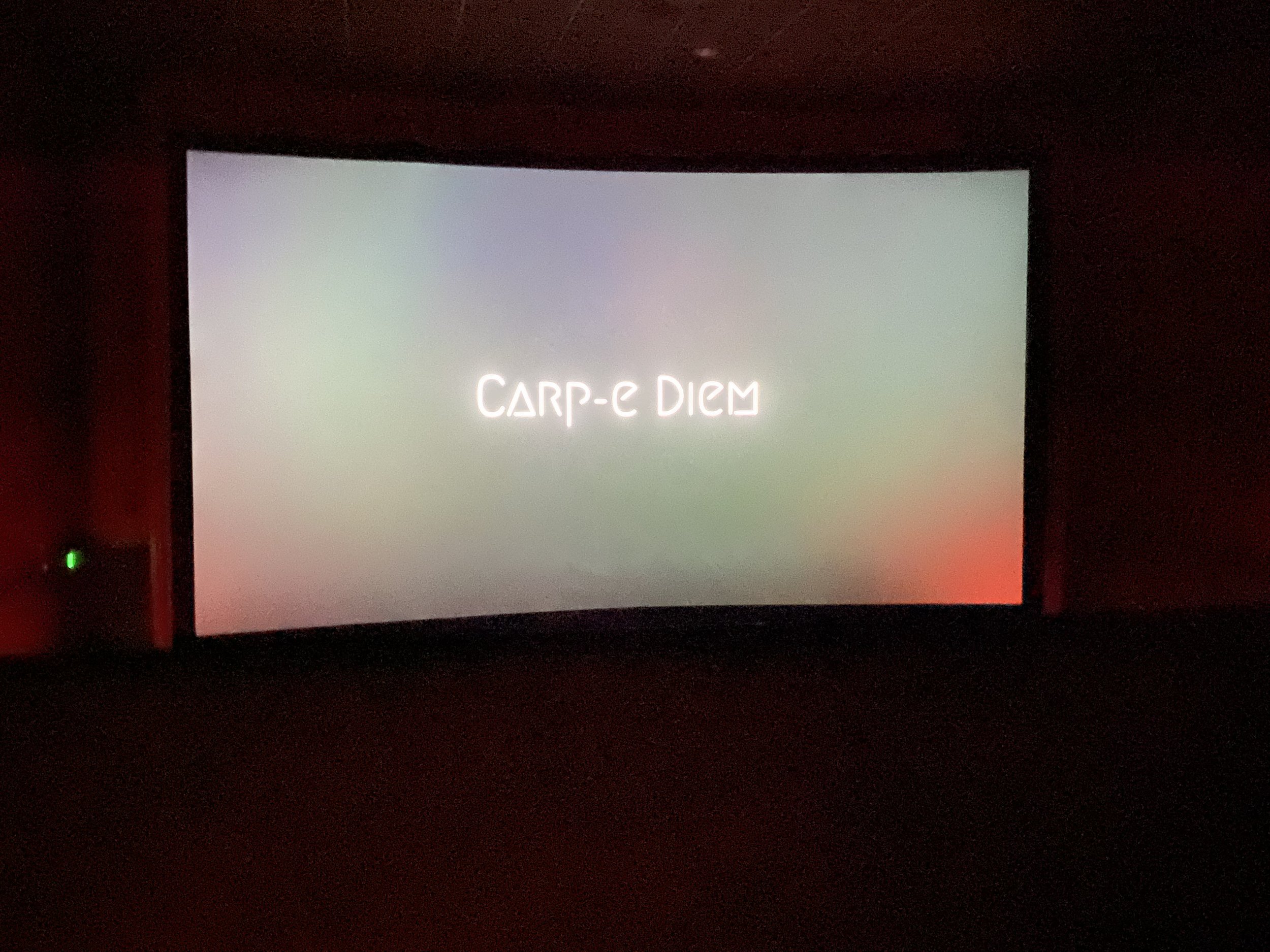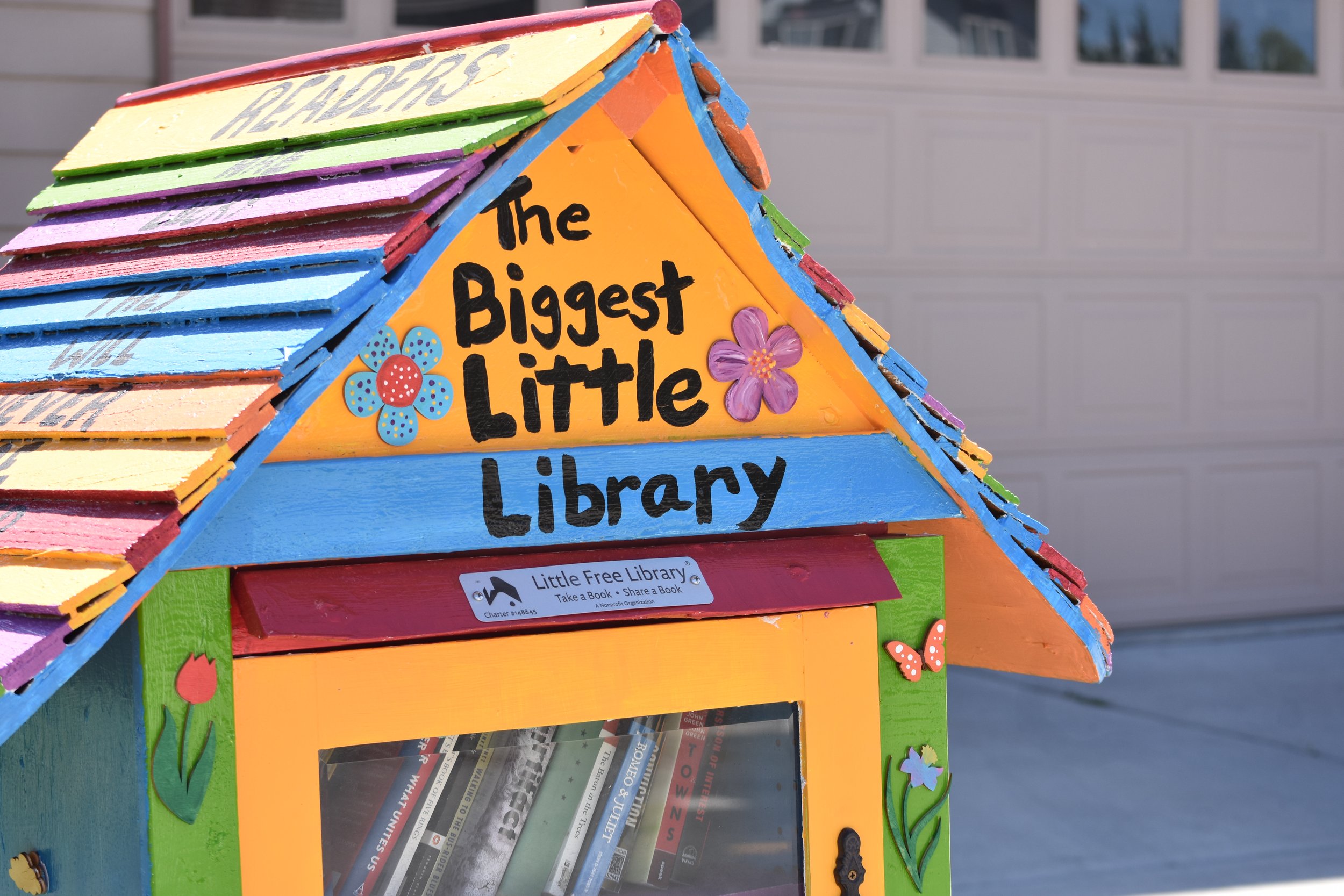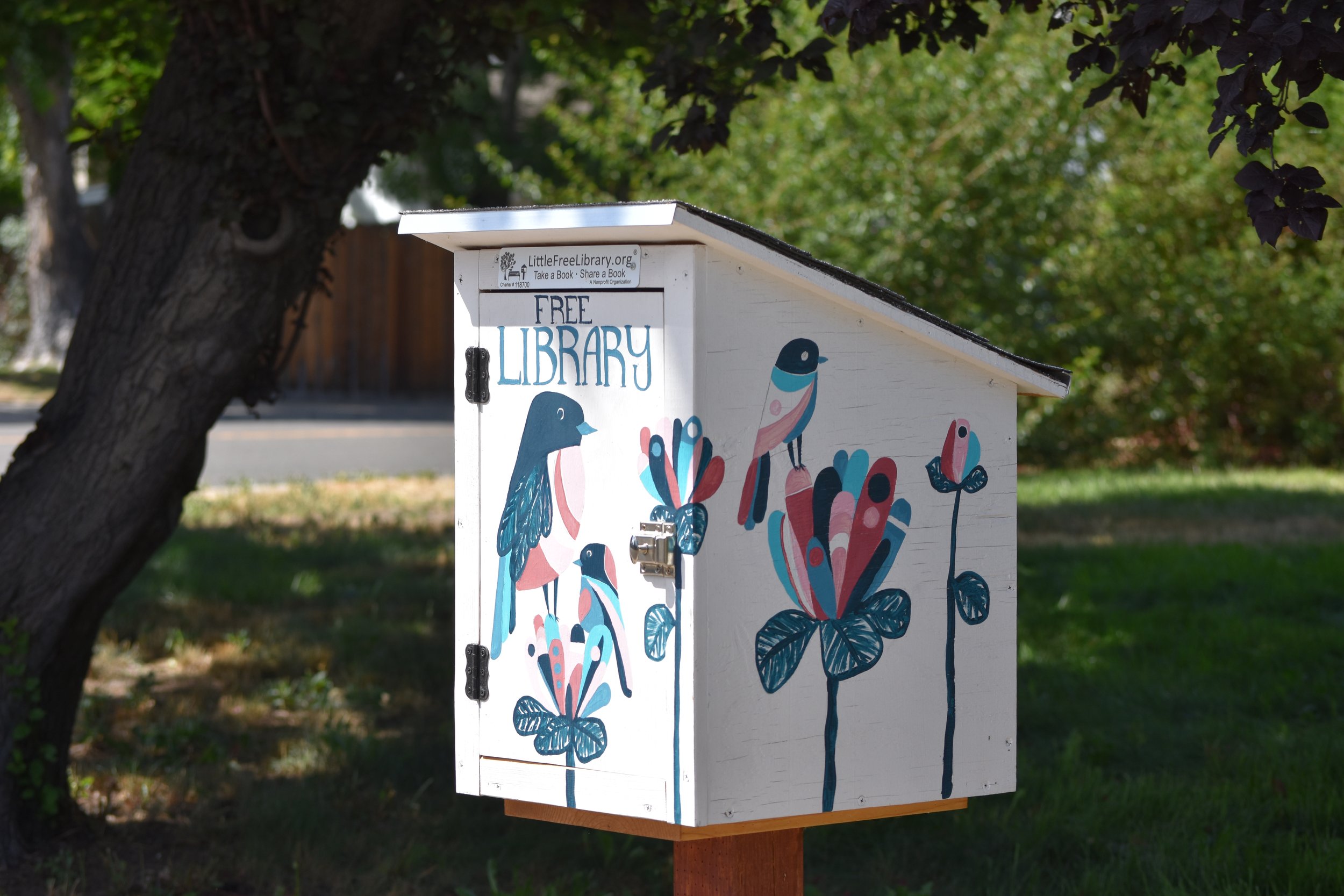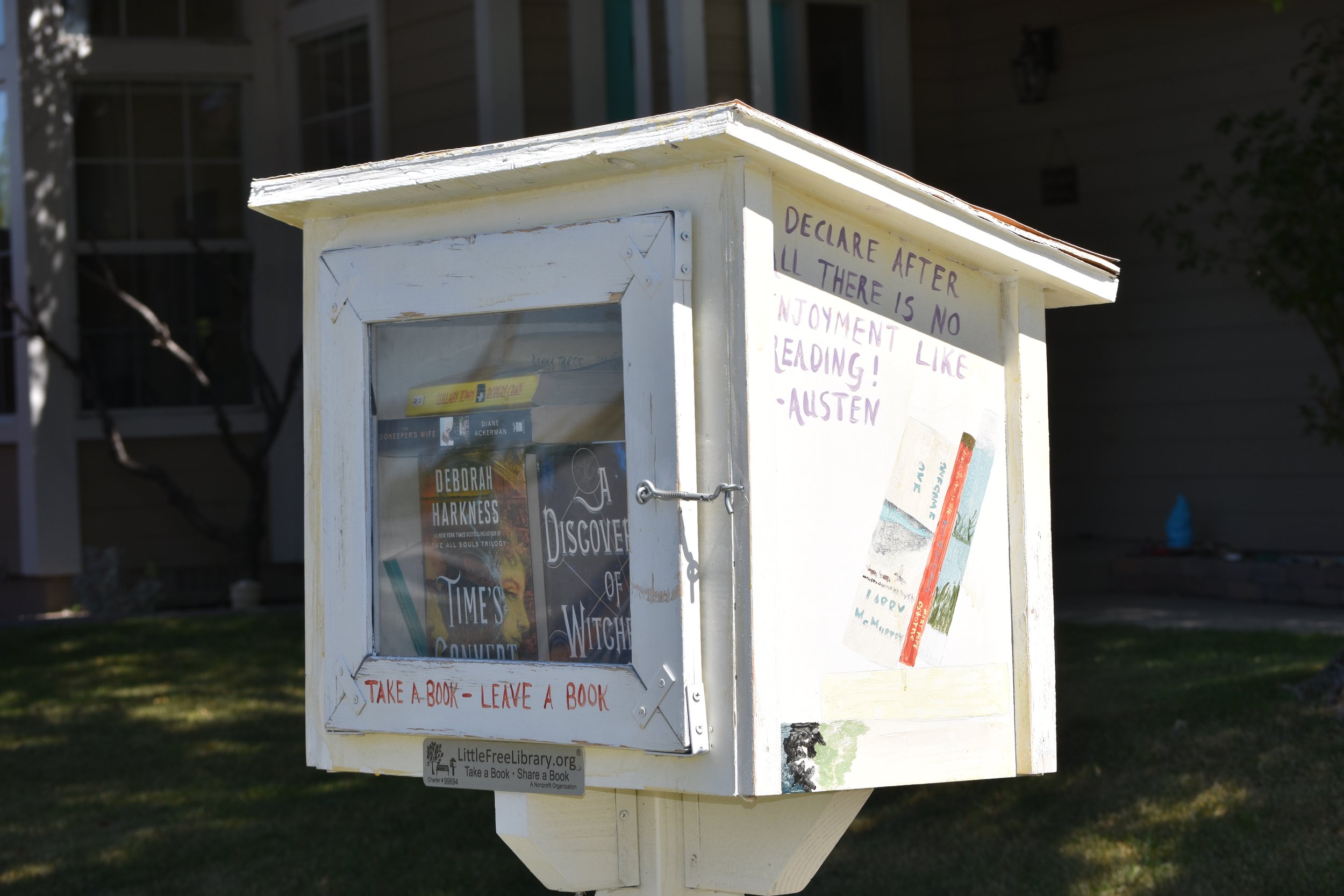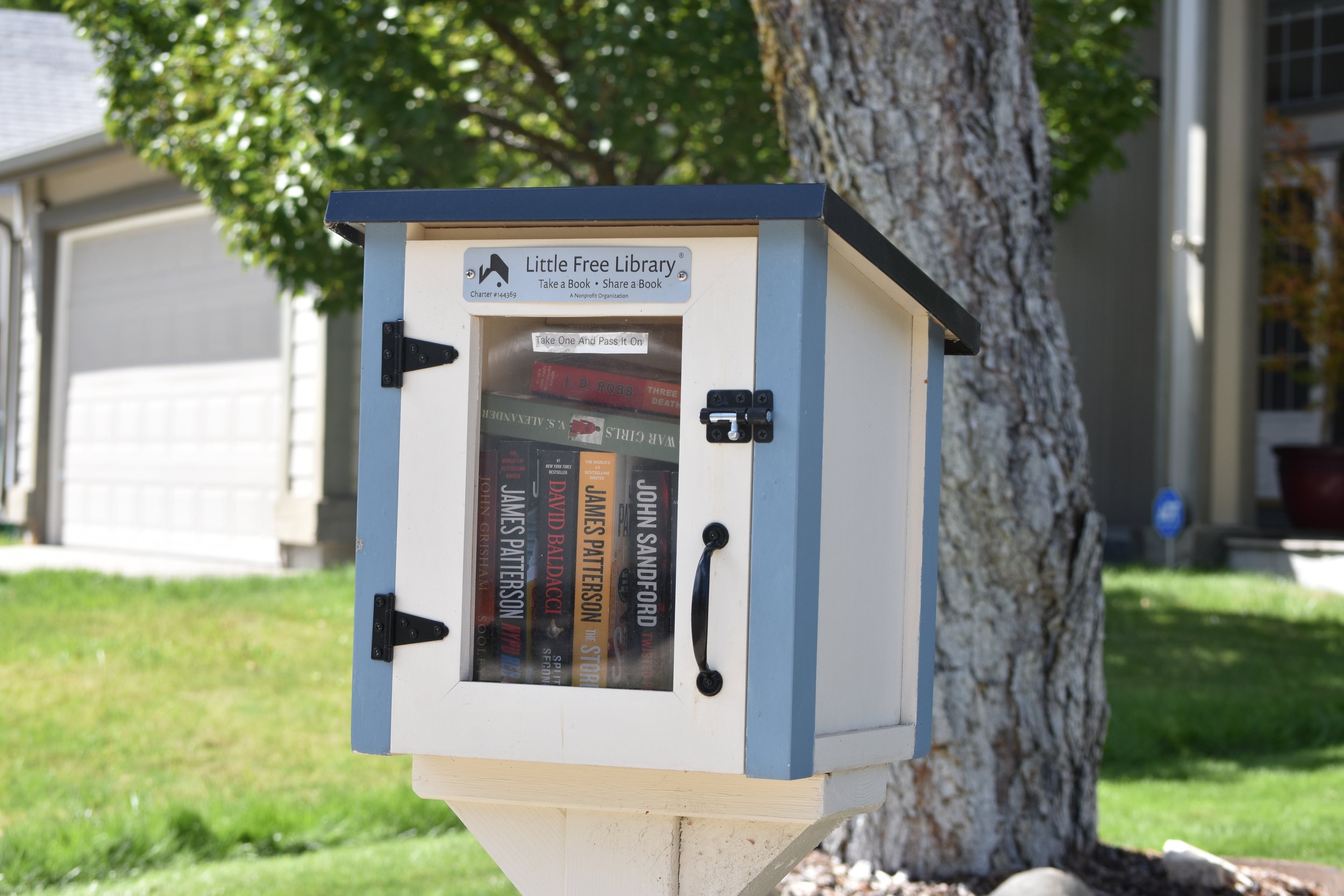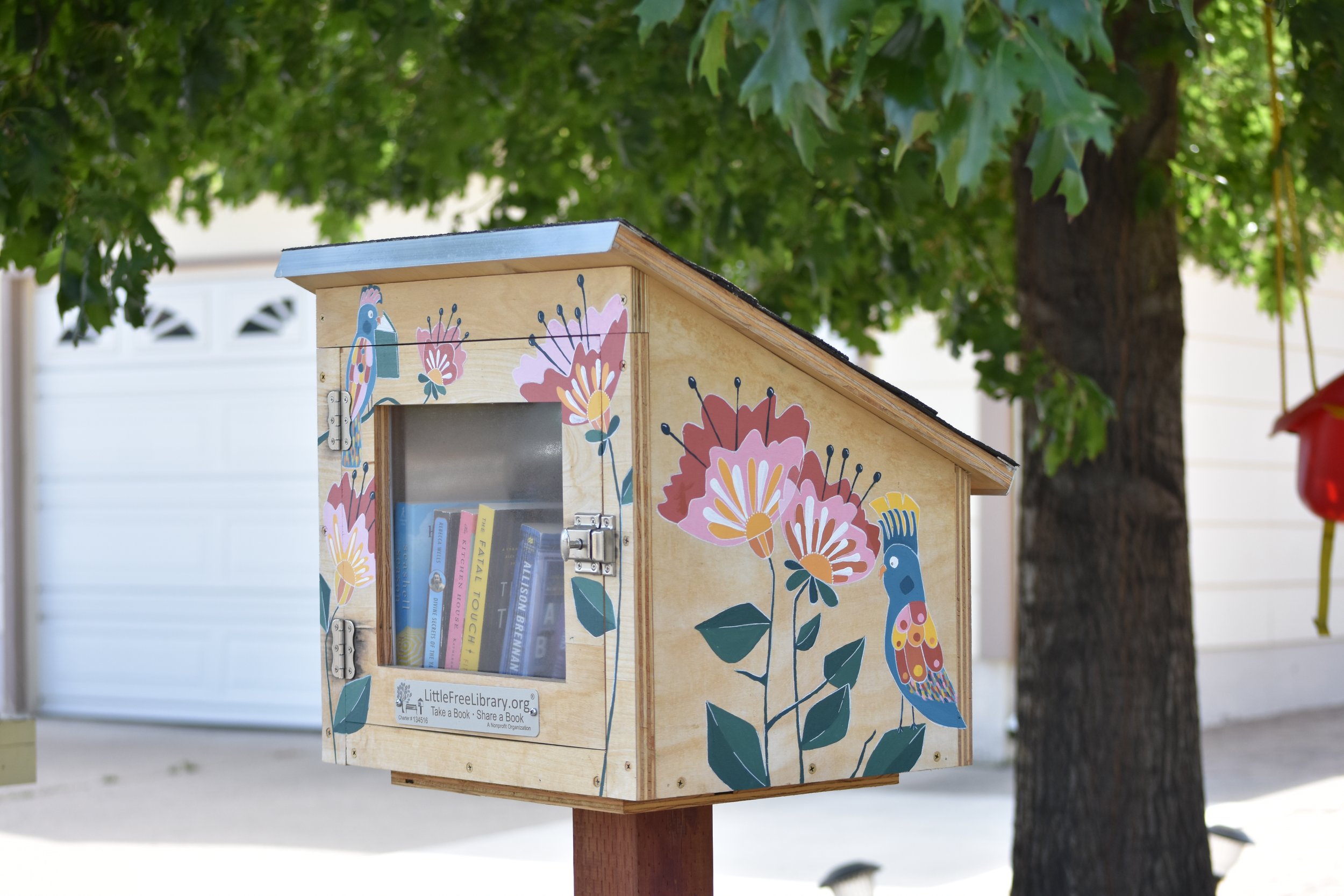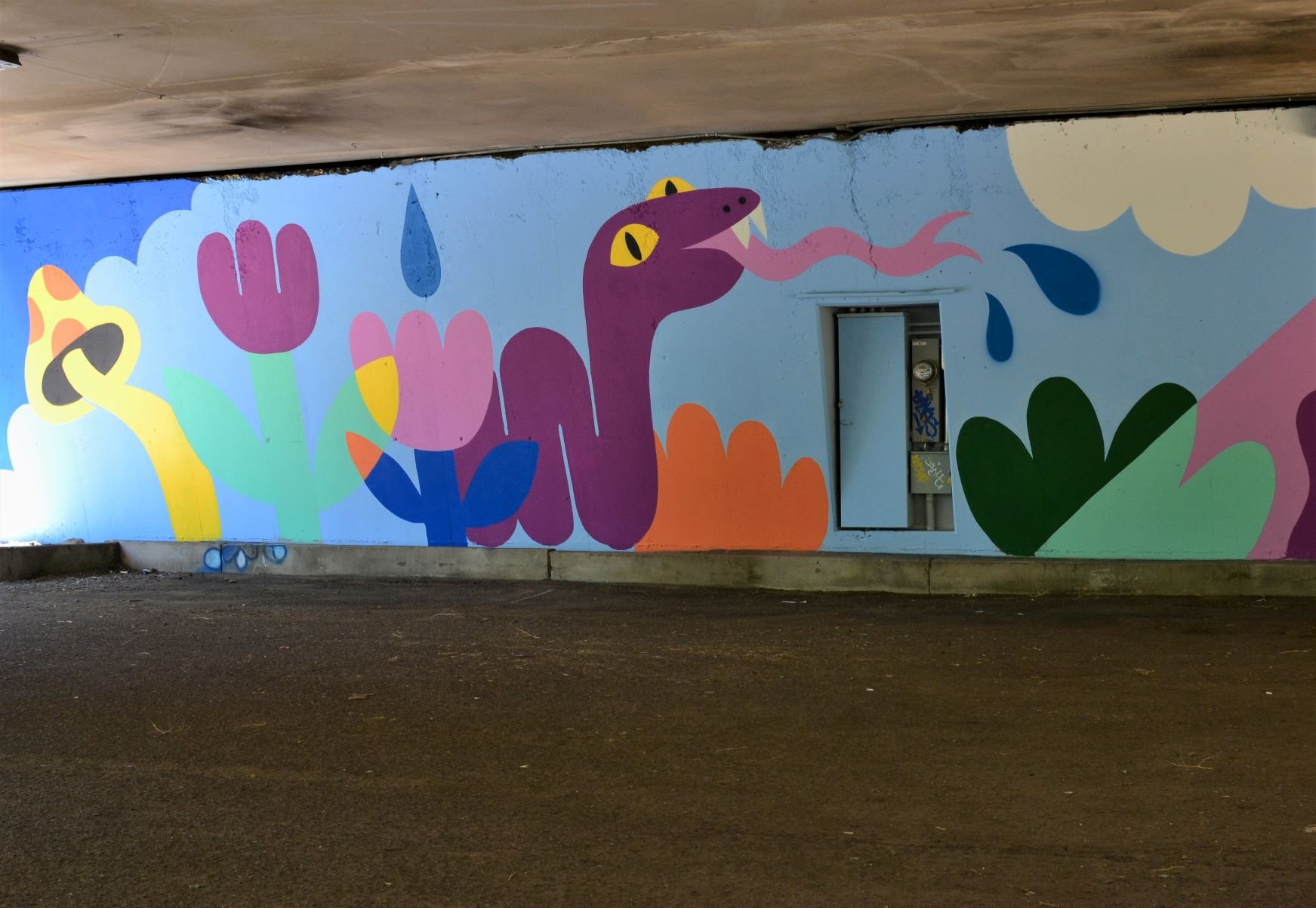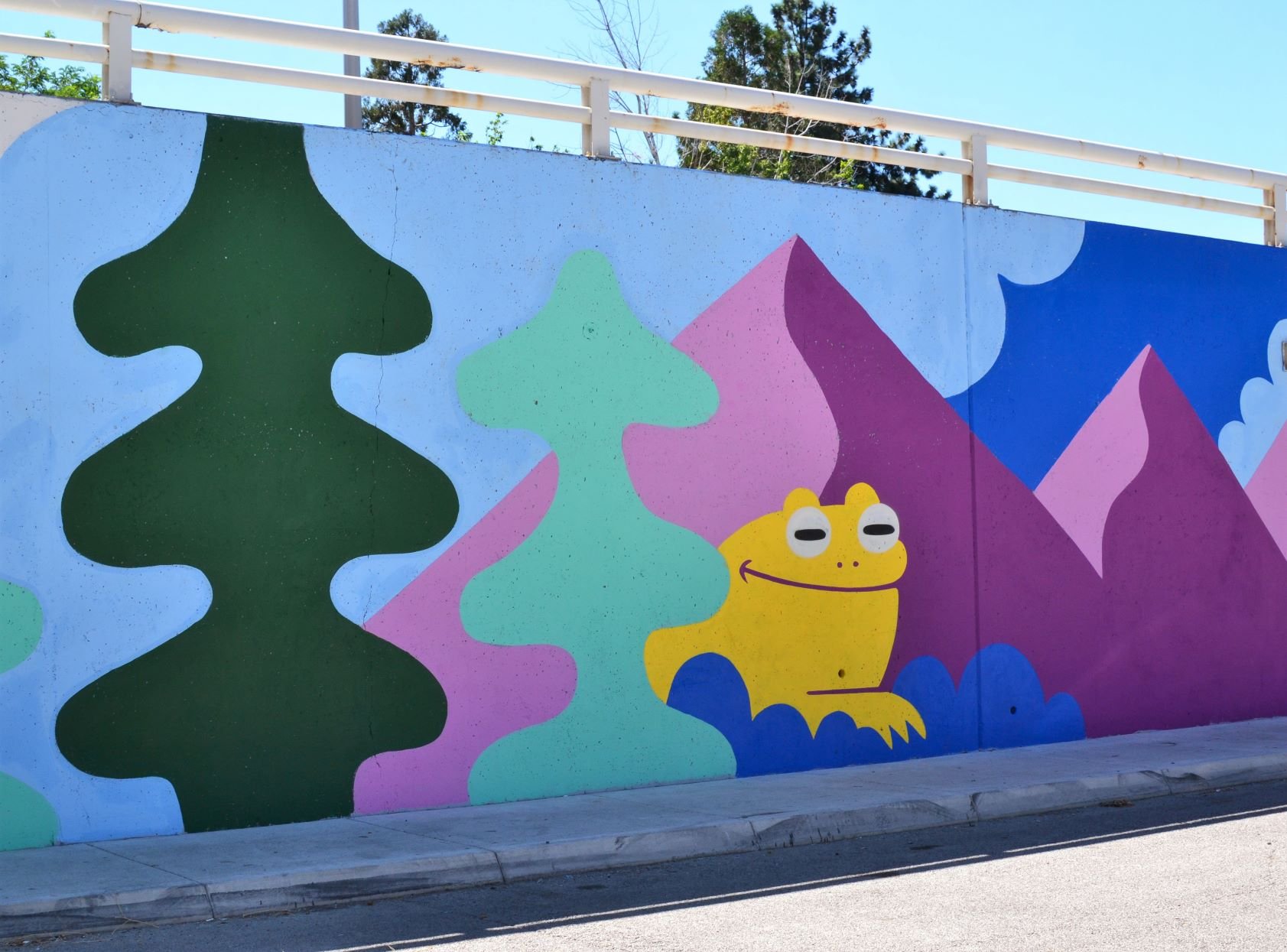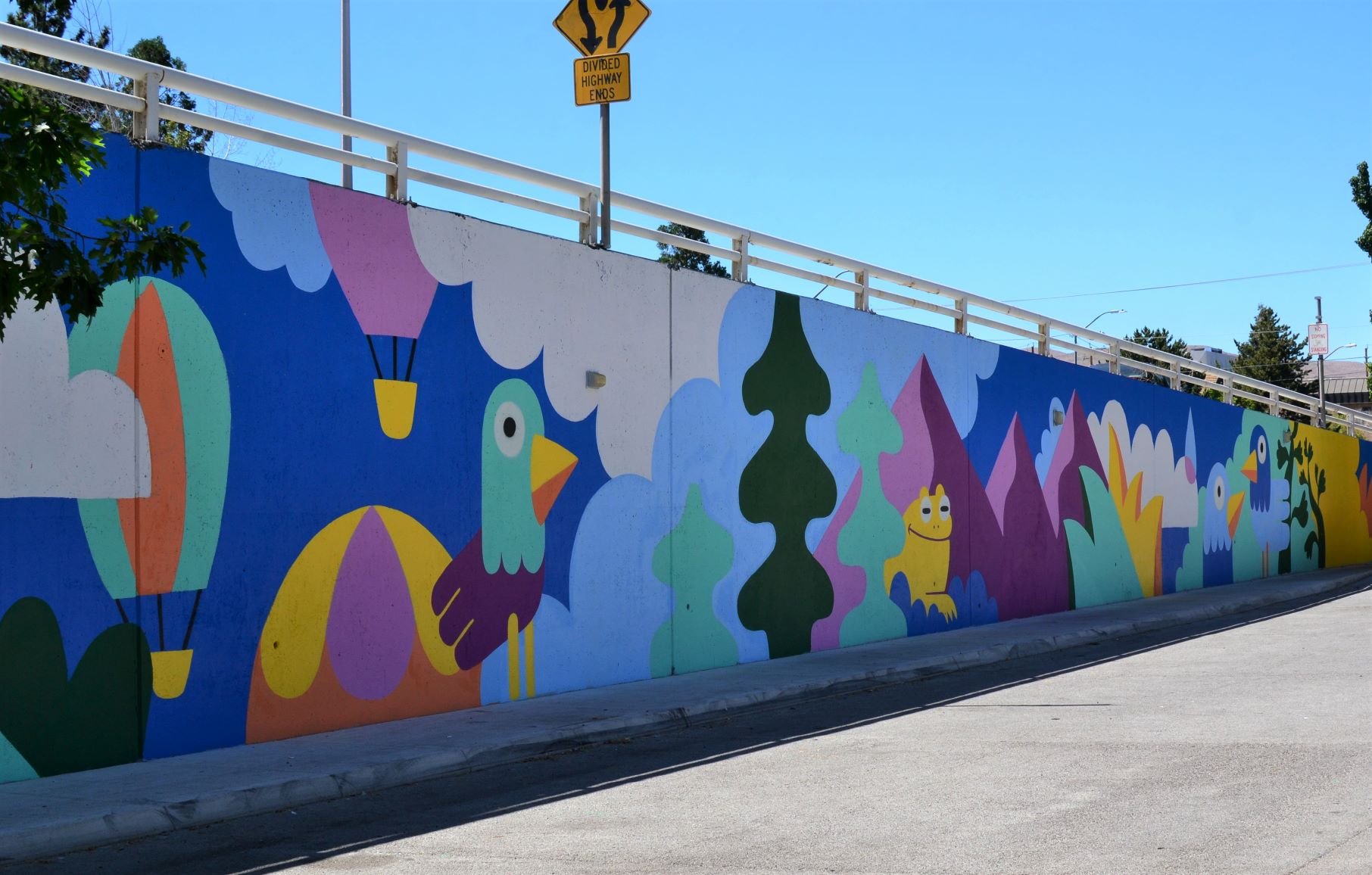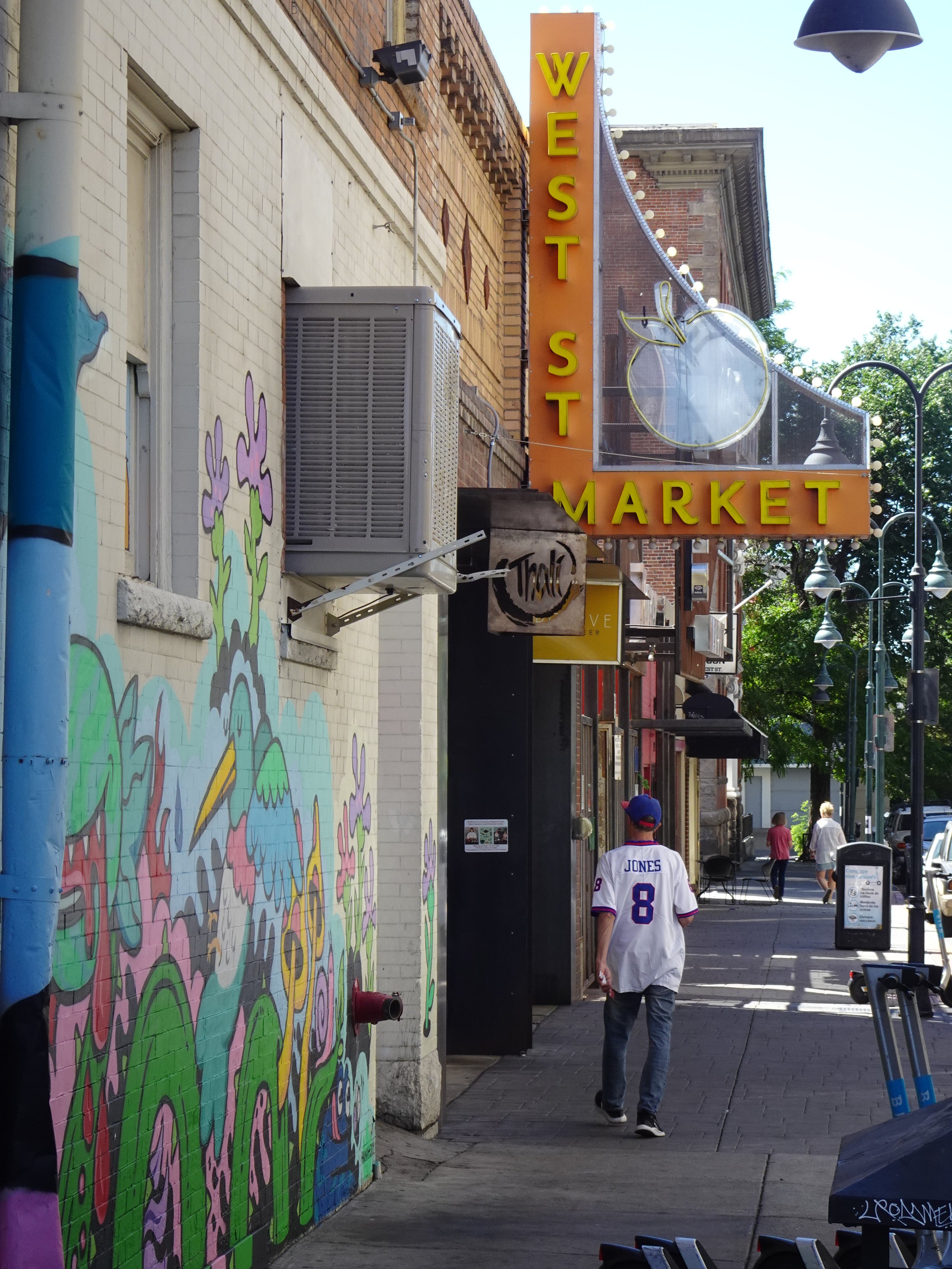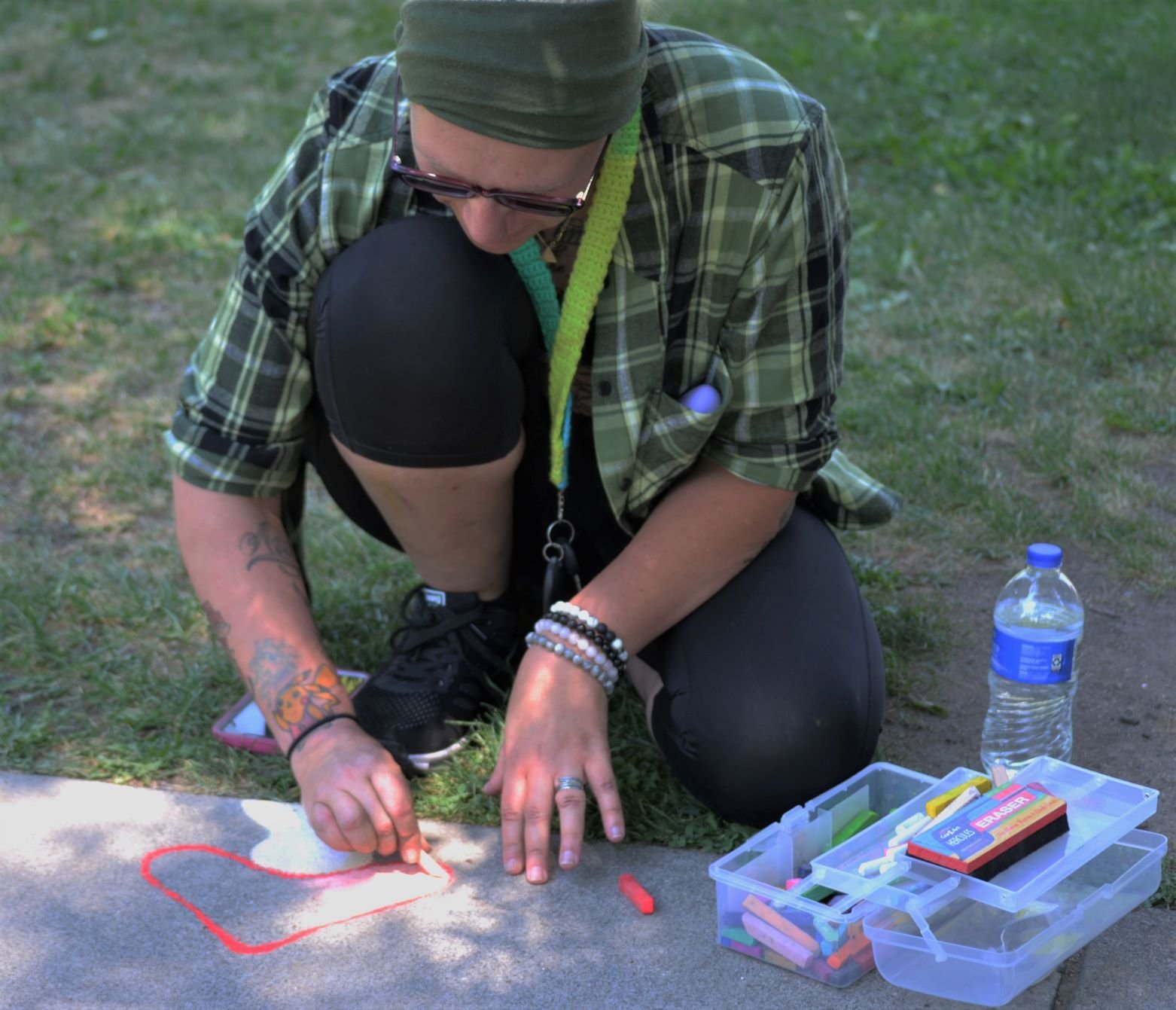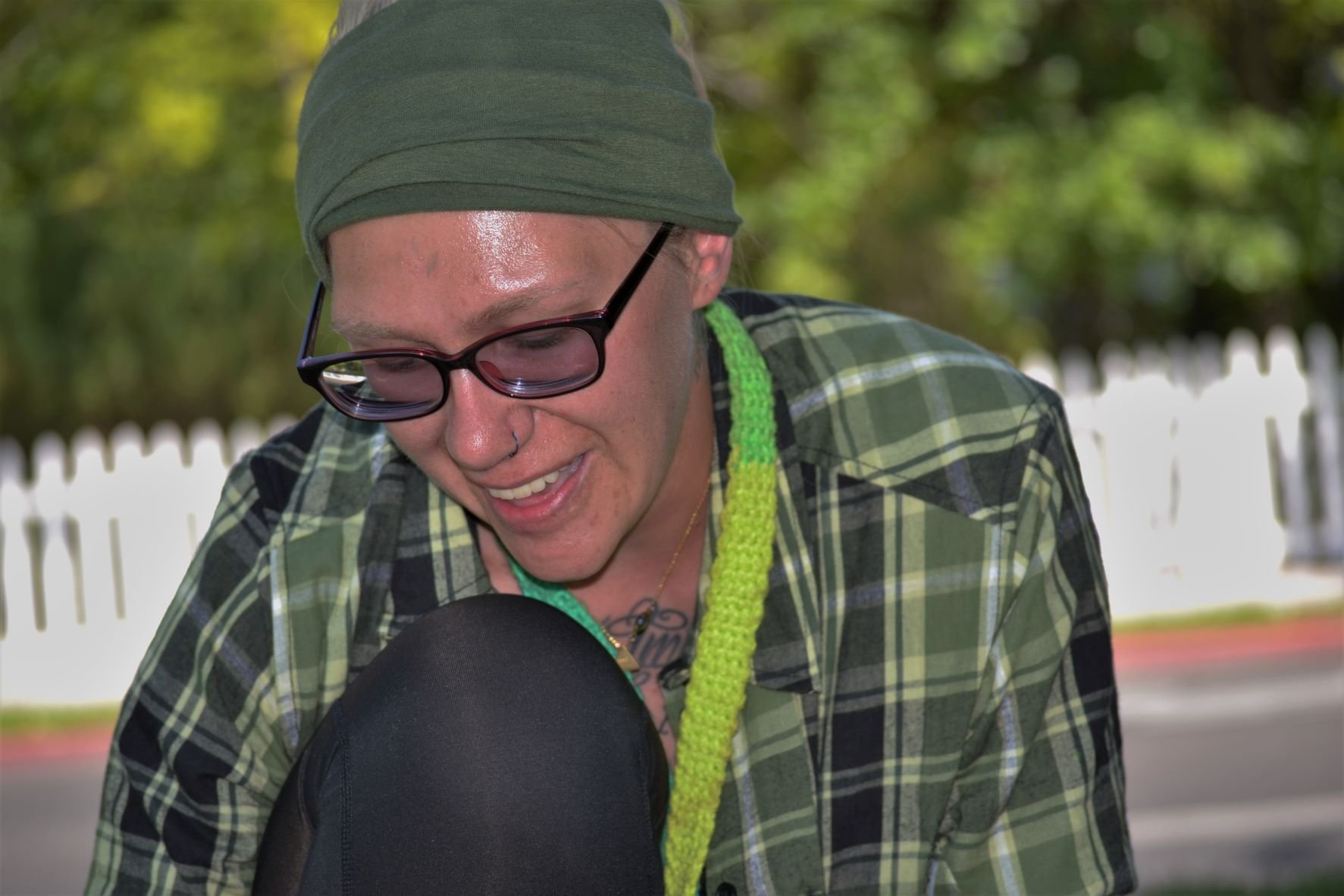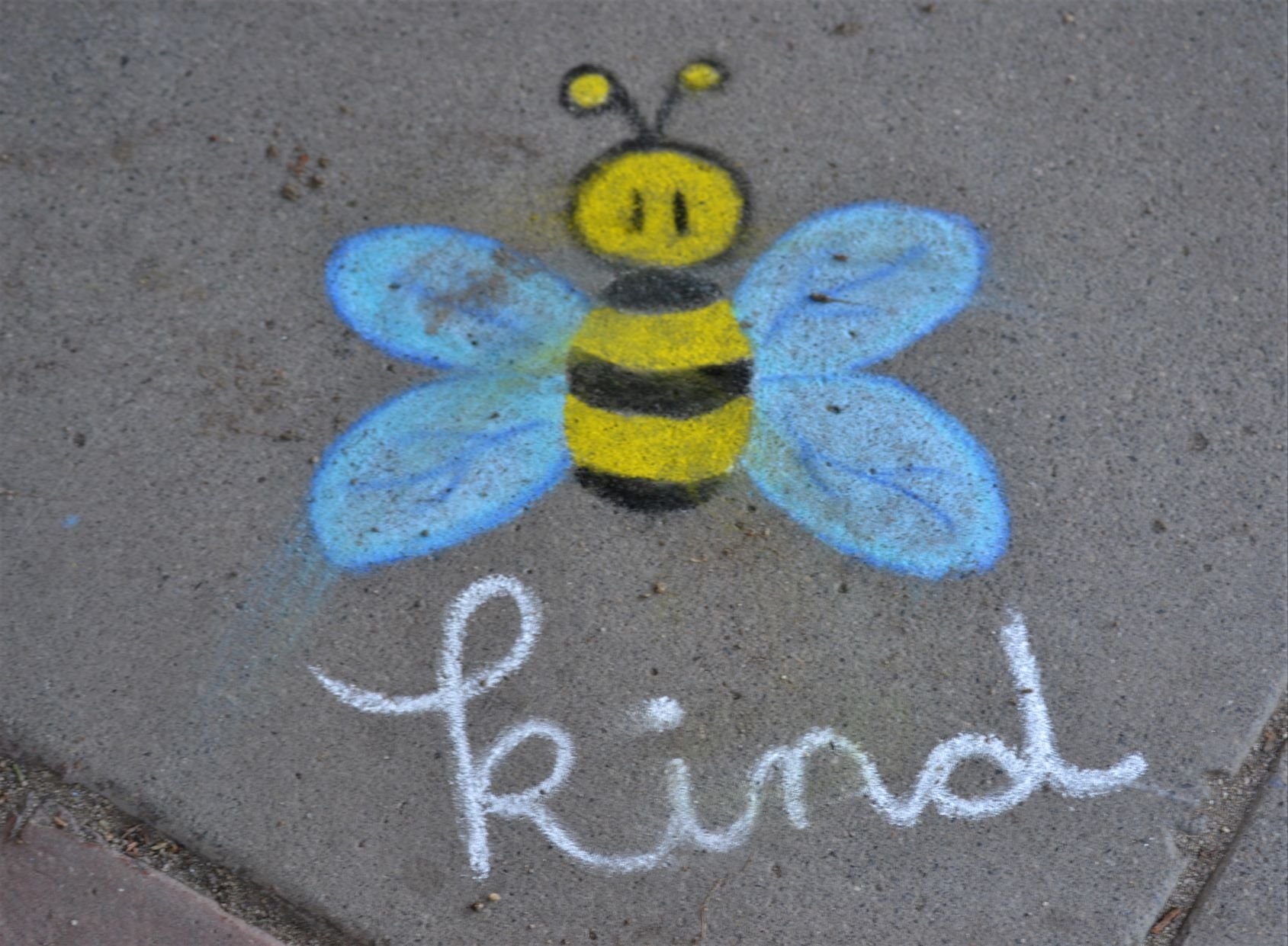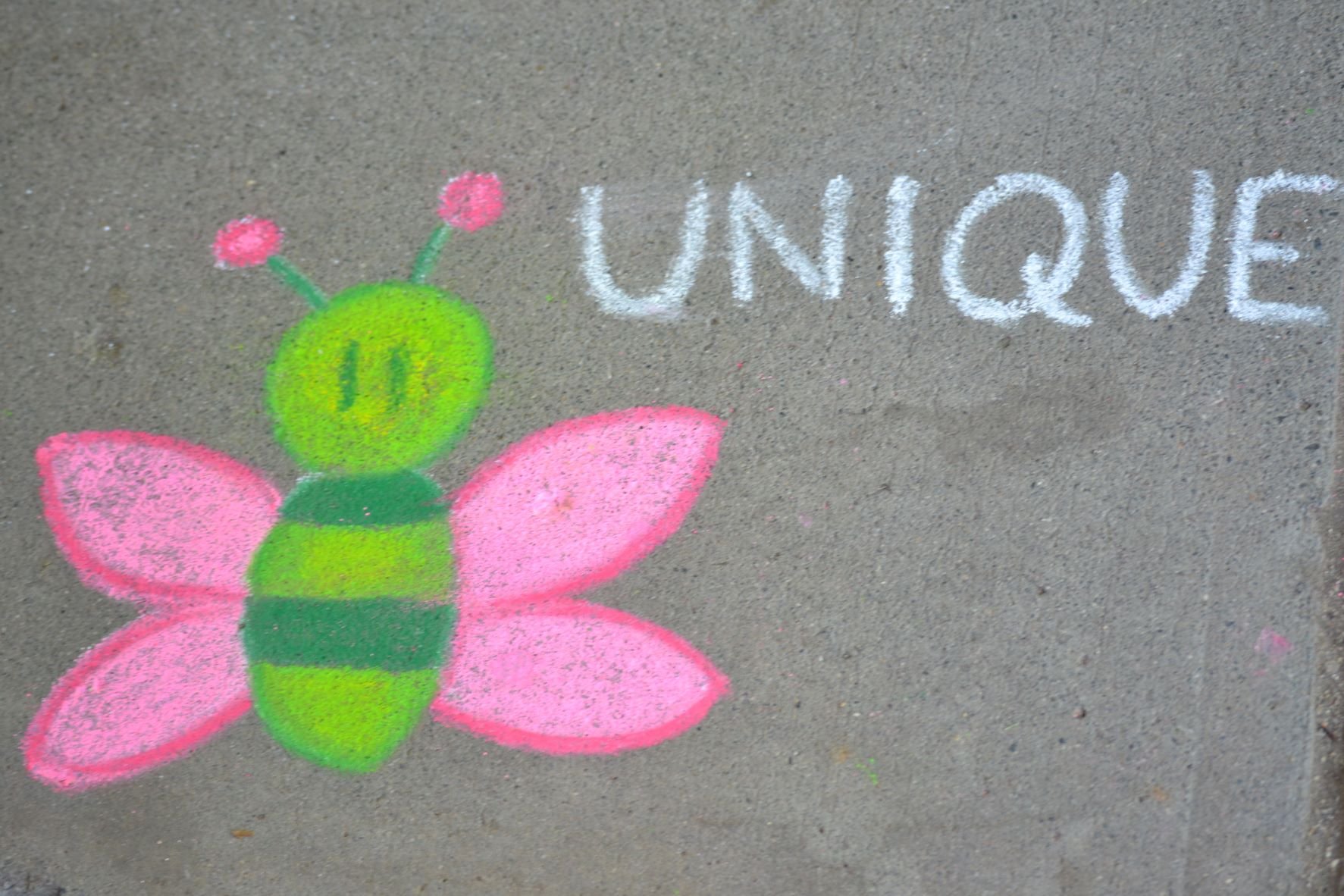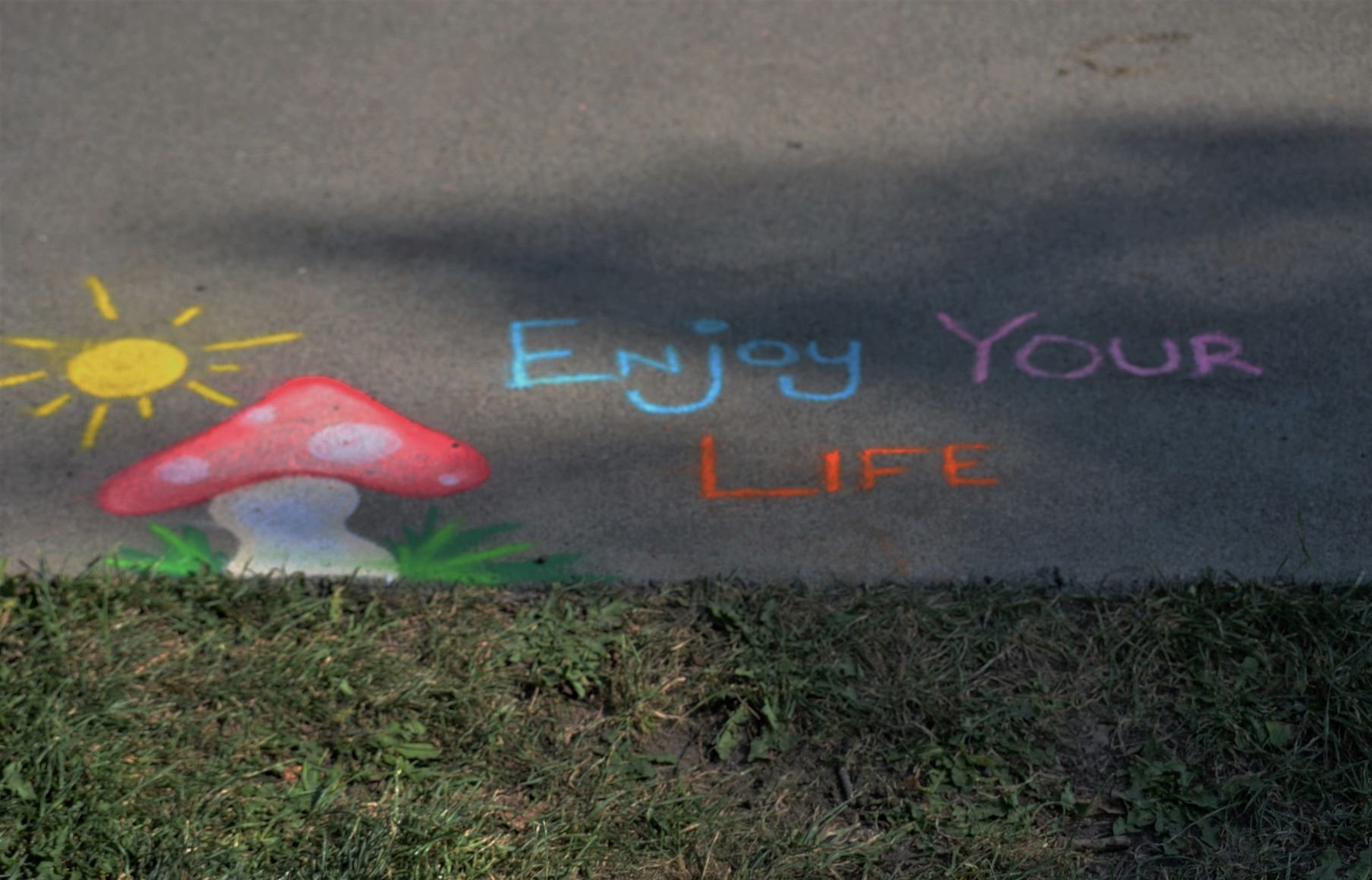After Spitting Image members went their separate ways for a while, vocalist and lyricist Austin Pratt for the Reno punk band said they all returned to the Biggest Little City. The geographical reunion and new maturity led to new creativity.
“I went to graduate school and some of us went to Chicago and Florida. And so we came back to Reno all at the same time, sort of coincidentally in 2019 and just started right up again,” Pratt said who since also became a painting instructor and then Curator of University Galleries at UNR.
Now Spitting Image will issue their debut album Full Sun on February 3rd, which will have a vinyl release with Slovenly Recordings. That’s a record label run by Pete Menchetti, known locally as “Sticker Guy” the name of his foundational company.
Slovenly Recording has been around 20 years and Sticker Guy 30. The predecessor to Slovenly was 702 Records, also started by Menchetti, which released three dozen records, some by Reno punk bands like The Atomiks. Full Sun will be the first Reno record for Slovenly, reviving the Reno punk connection.
“It’s definitely in the realm of hardcore punk, post punk, sort of psych art sort of stuff,” Pratt said of Spitting Image. “There's a lot musical lineage in there, you know, thinking back to sort of eighties SST records (an independent record label out of Long Beach, California), Dischord Records (out of Washington, D.C.), sort of stuff like that. The kind of Pacific Northwest and Washington D.C. sort of eighties and nineties music stuff. So there's that. We are kind of all over the place. It’s a lot of crowd rock influence and hardcore influence.”
Slovenly’s role will be “to promote, produce, distribute, sell, and just help them out however we can, get on tour, get the records into stores, get the records around the world, as many countries as we can, and to as many ears as we can, and to help the band out,” Menchetti said.
For the local music scene to keep thriving, Pratt would also like to see a medium size, 500 capacity type venue, succeed in Reno, which he believes is missing, while giving props to the Holland Project for attracting younger fans.
Menchetti who also runs the Reno festival Debach-A-Reno and the traveling festival We’re Loud also would like to see more options for live musical events and festivals.
“I don't really like some of the casino spaces,” he said. “I think some of them are just too clean, you know, we need a little bit of grittiness, because this is DIY yeah, we're we're looking around.”
Pratt said gentrification and rising prices has made it difficult for artists.
“It's extremely expensive and unaffordable for many people,” he said. “There is a kind of white washing and gentrifying and kind of this like tech slickness that is happening in Reno. Some of [Reno’s] charm, and presence and character in the past I think is kind of getting paved over in some ways.”
Menchetti has felt rising prices for his Sticker Guy business, making custom vinyl stickers, die cuts, window decals, and roll labels. His rent on his Freeport Blvd headquarters went up by 19% in September.
“We're in Sparks, you know, so it's pretty ridiculous,” Menchetti.
He started Sticker Guy when he was 19, and uses that company to help musicians get exposure. “I wouldn't be able to do it without the sticker company. I mean the record label unfortunately loses money every year. Sticker Guy is the financier of the record label and also of the festivals that we're doing around the world.”
He sees the importance of giving back locally and staying rooted.
“Like back in the nineties, a lot of my friends were moving to cities that were already cool,” Menchetti said. “And you know, I was always fighting them on that. Like, why don't you stay here and make Reno cool? You know? You know Portland and Seattle are really not that different from Reno in the grand scheme of things.”
For Pratt, his work at UNR and his other artistic outlet as a painter helps him keep going.
“It’s nice to have different outlets,” he said as our interview wrapped up. “You know, painting is so solitary and isolated and being in a band as a collaborative project, but it's also a performative project and it's also get to be verbal and I want to say literary or lyrical.”
“Start small. Don't try to grow too fast,” Menchetti said for his own closing thoughts and keys to long standing success as a Reno business person and alternative music driver. “Things that grow really fast, fall really fast in my experience. Just do what you do and do it yourself and just keep at it.”
Our Town Reno reporting January 2023
